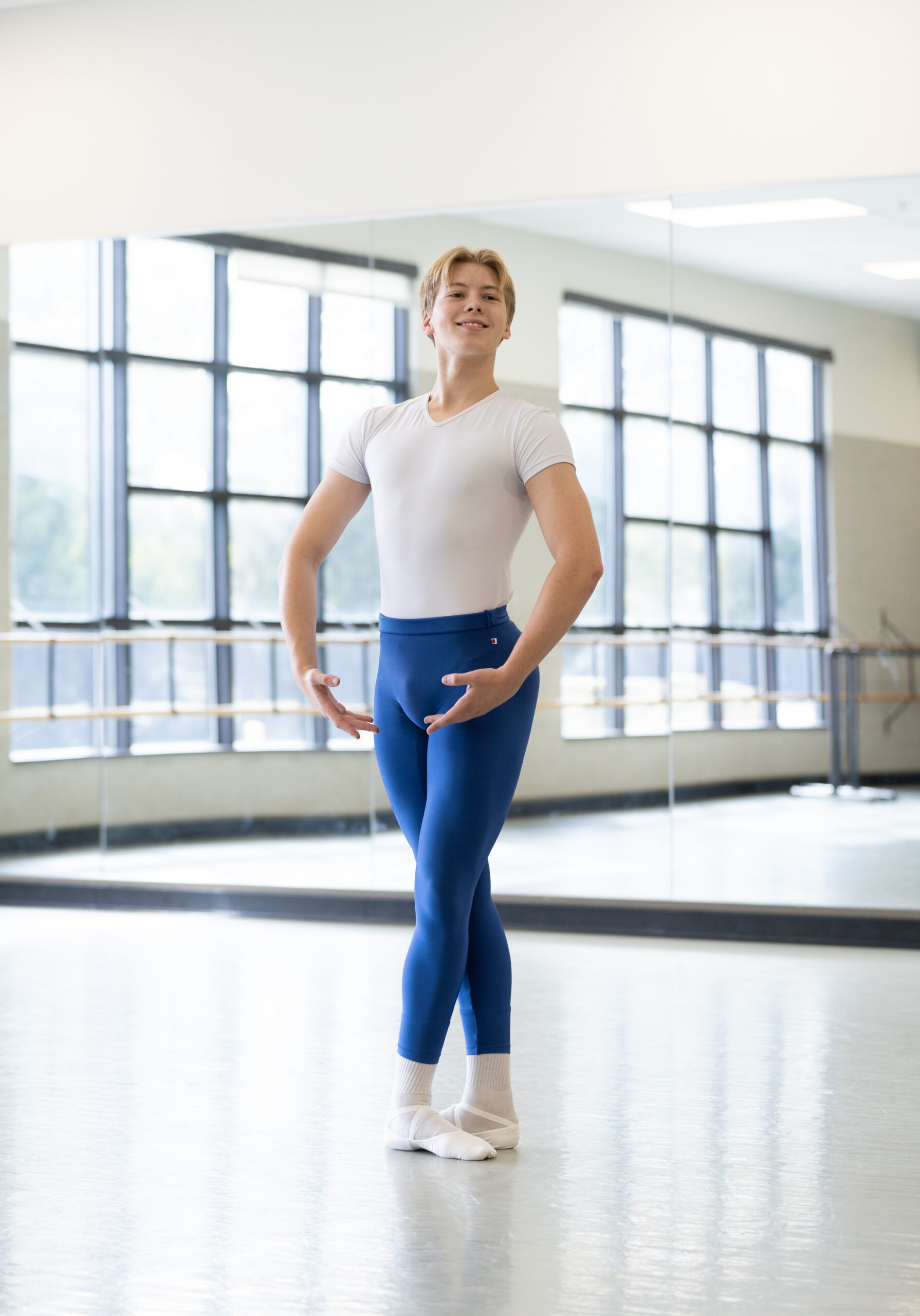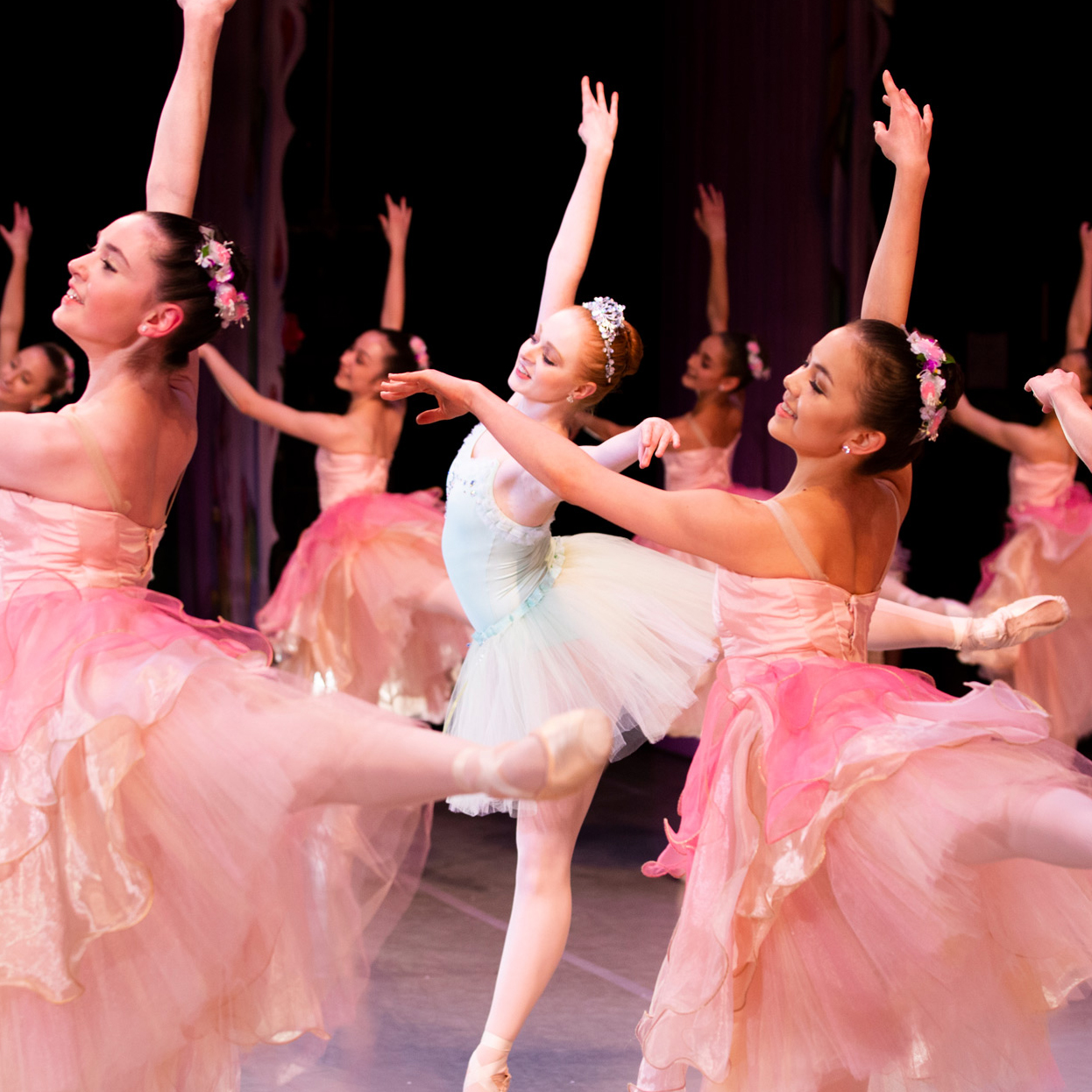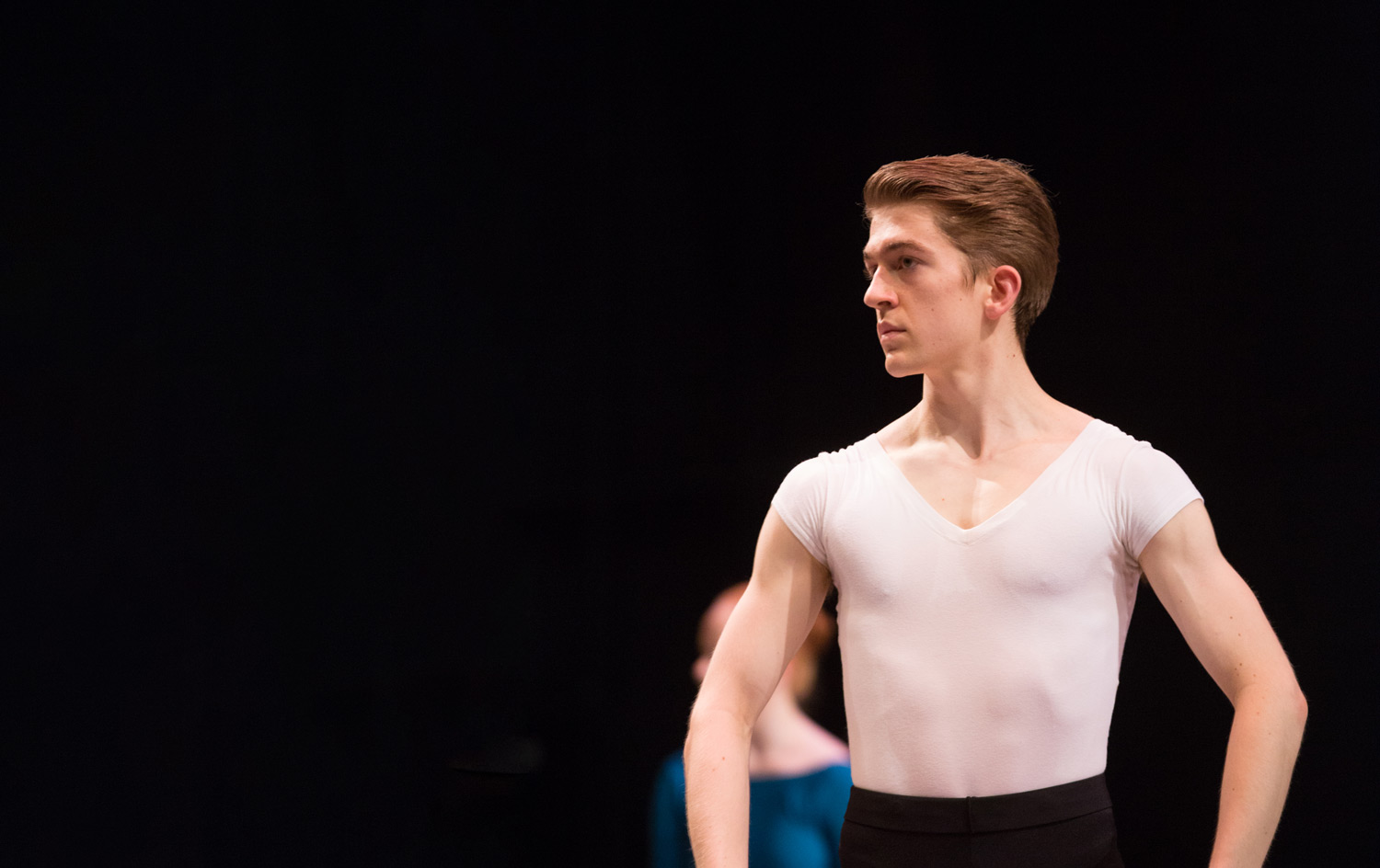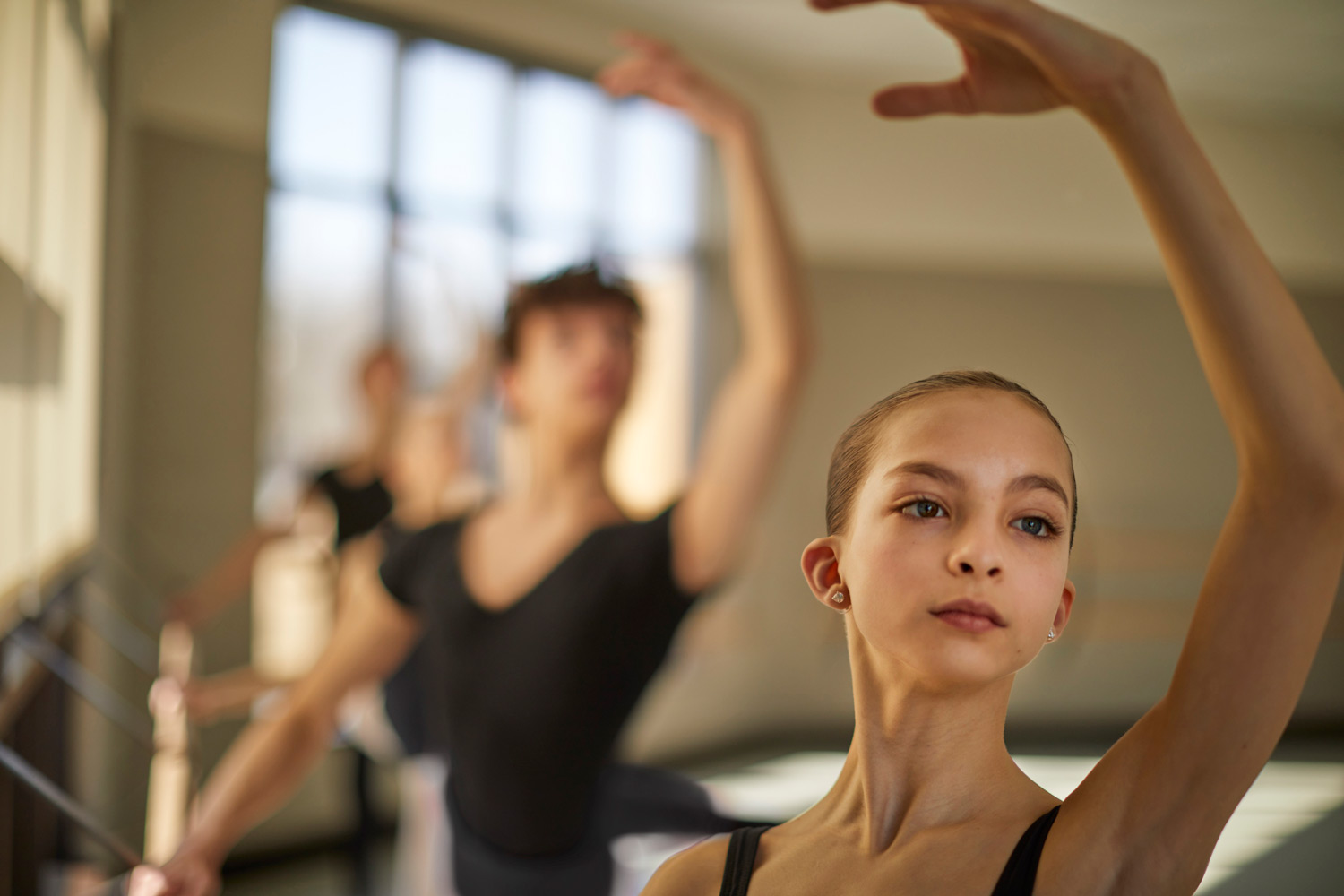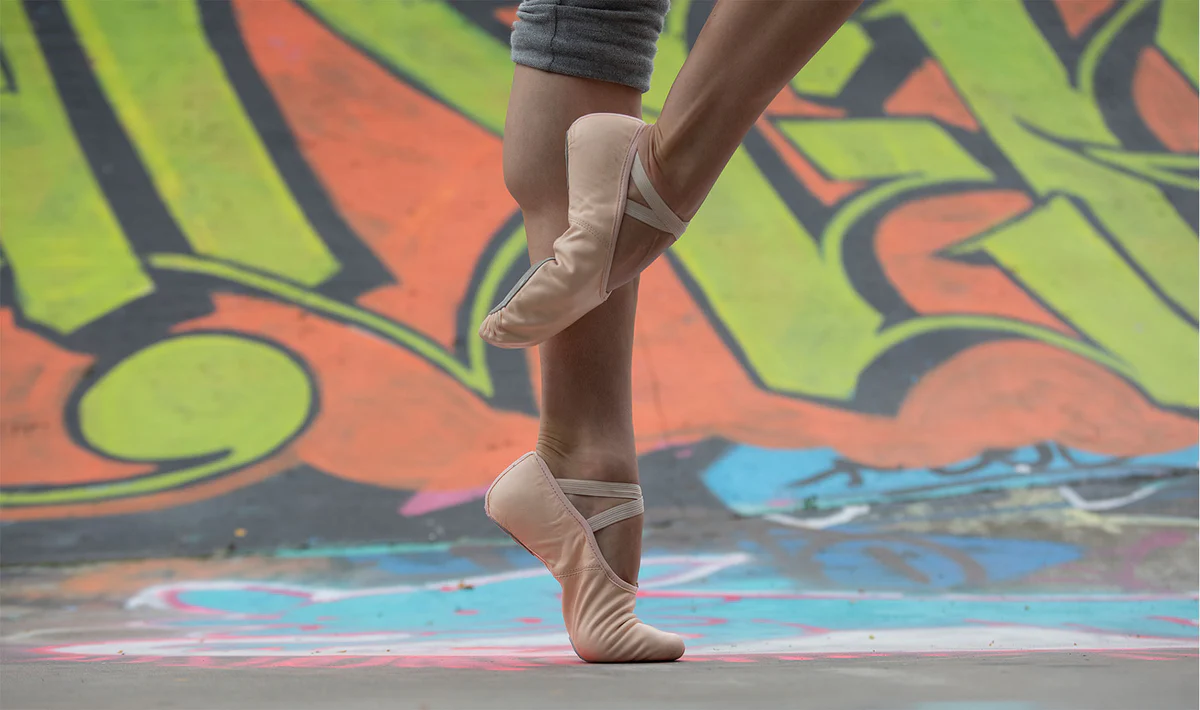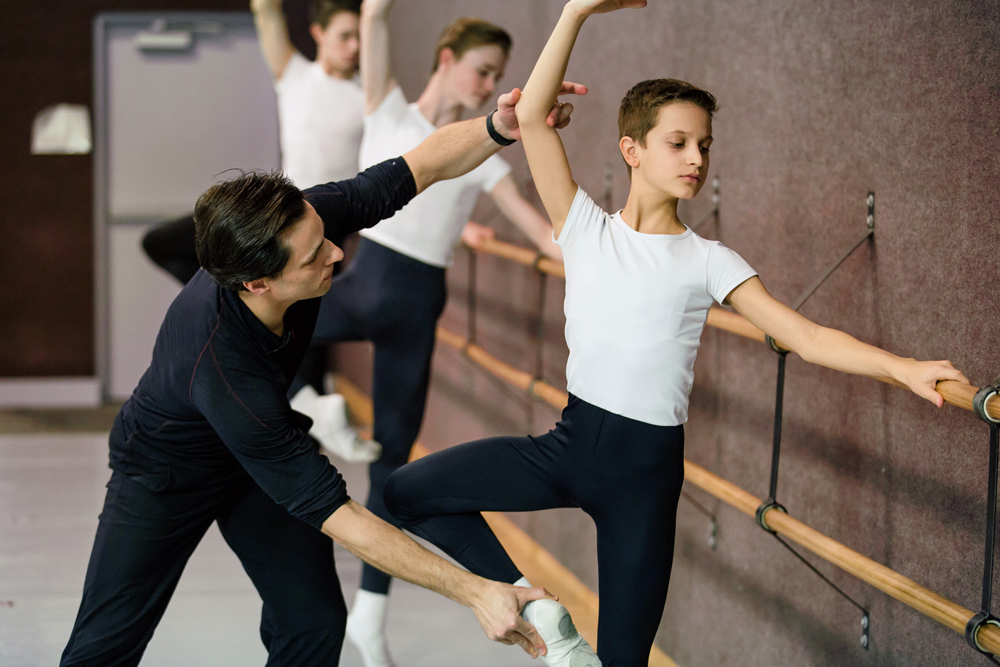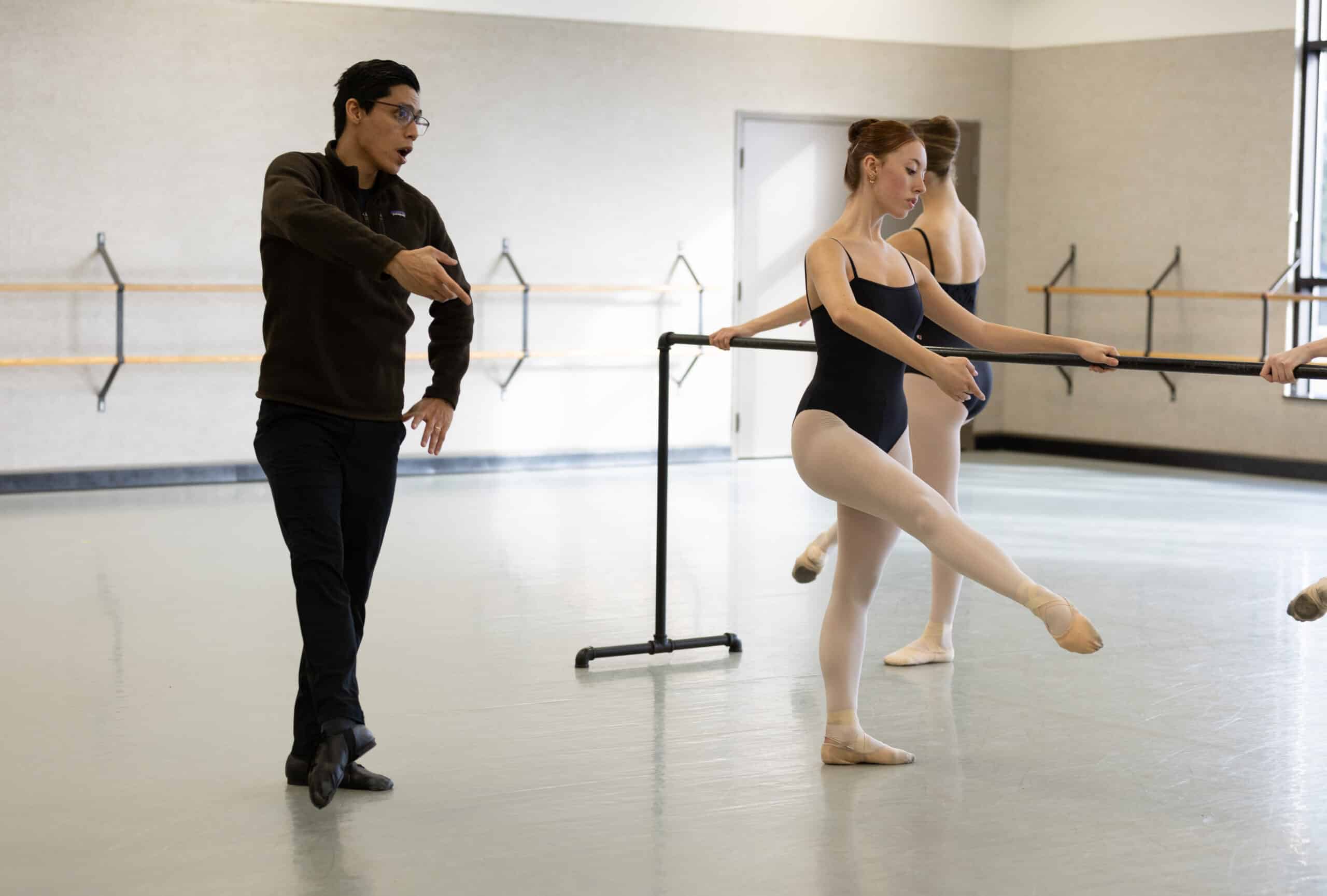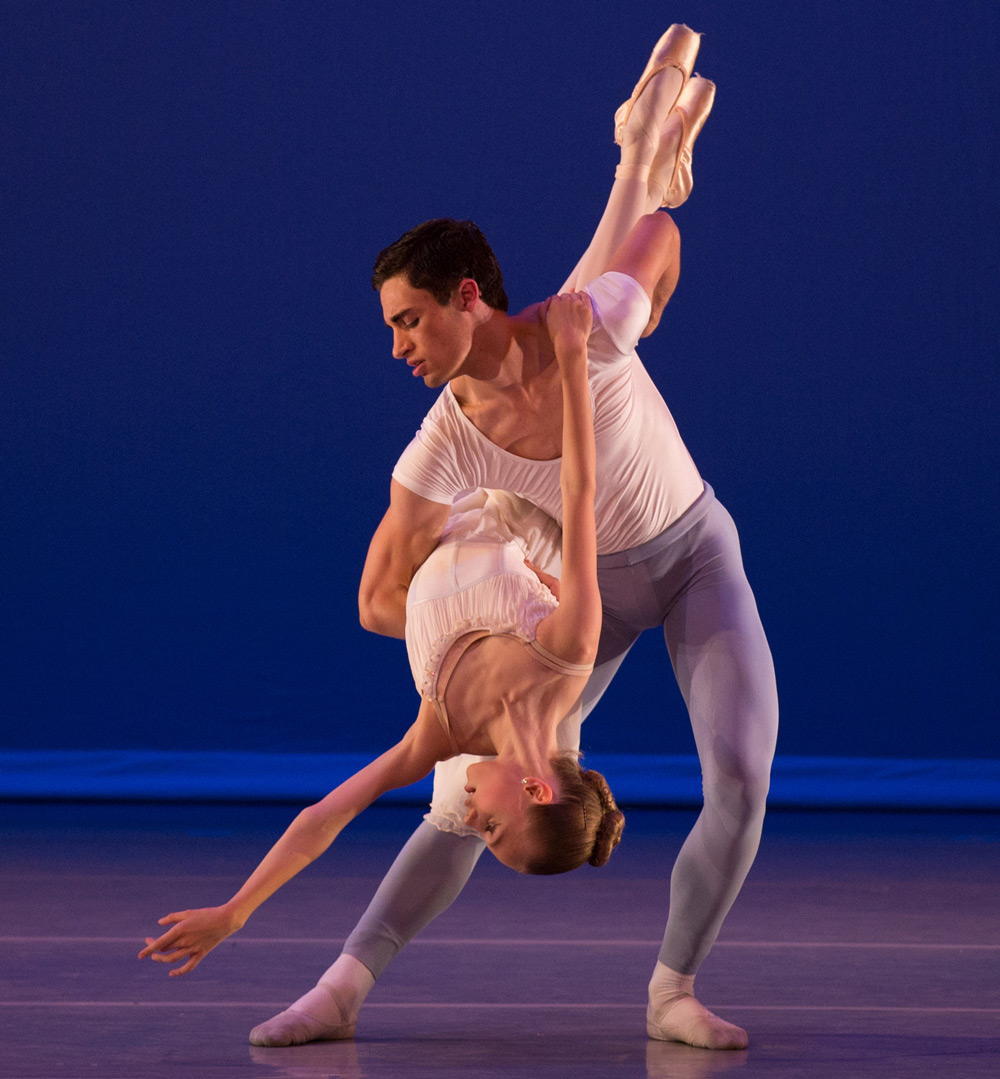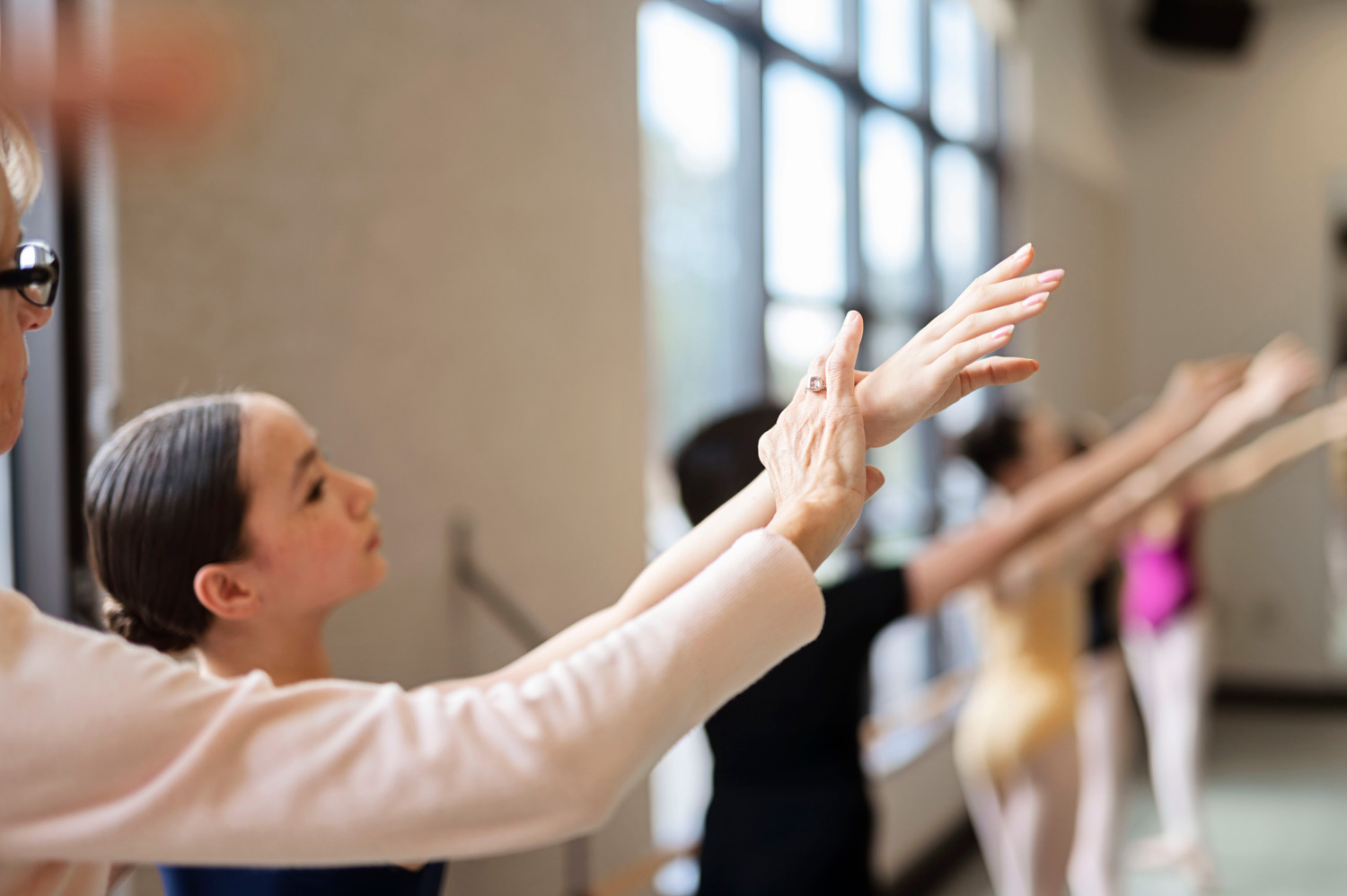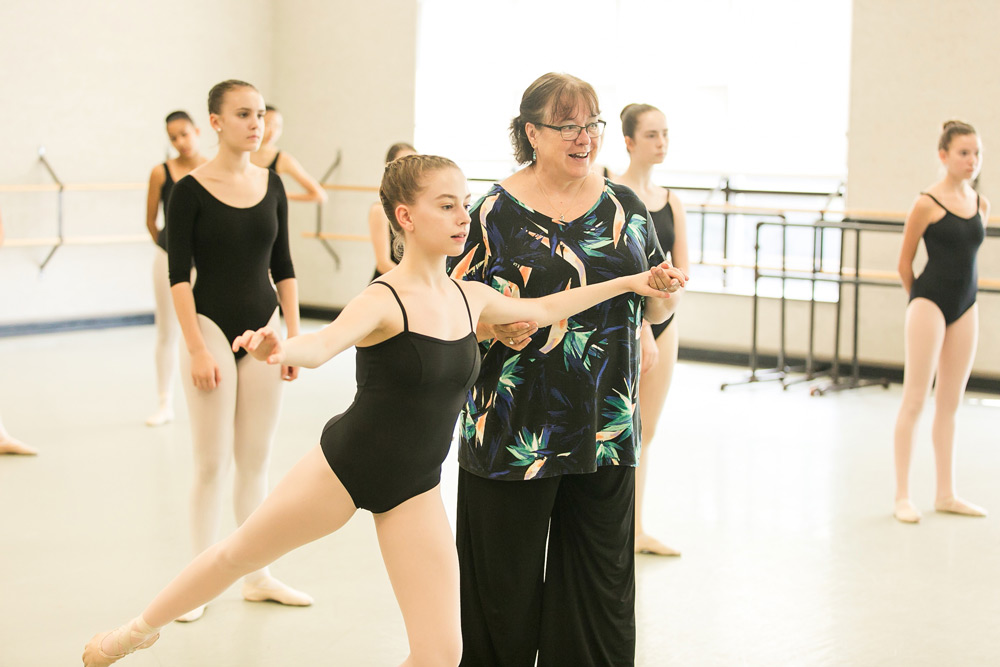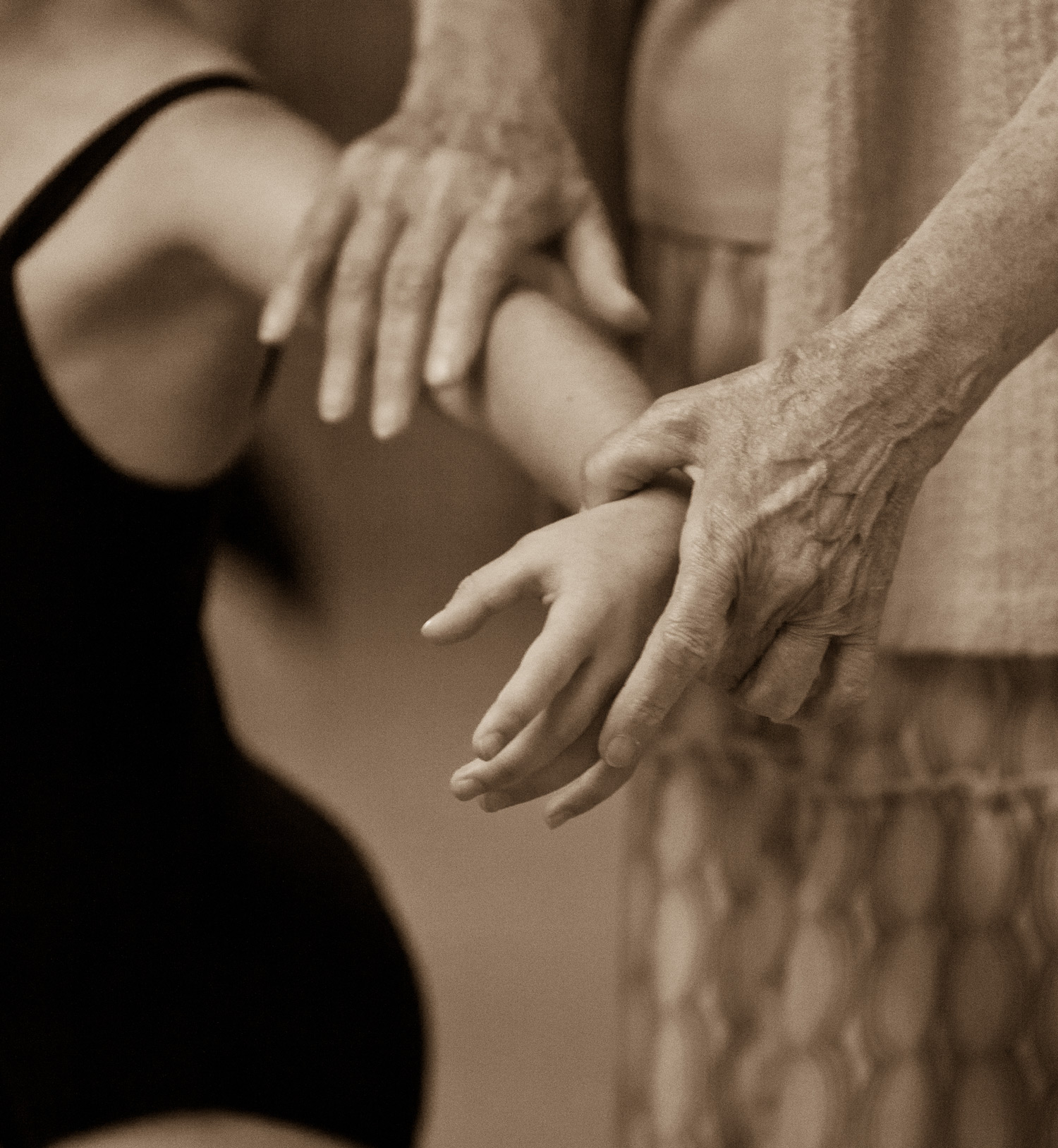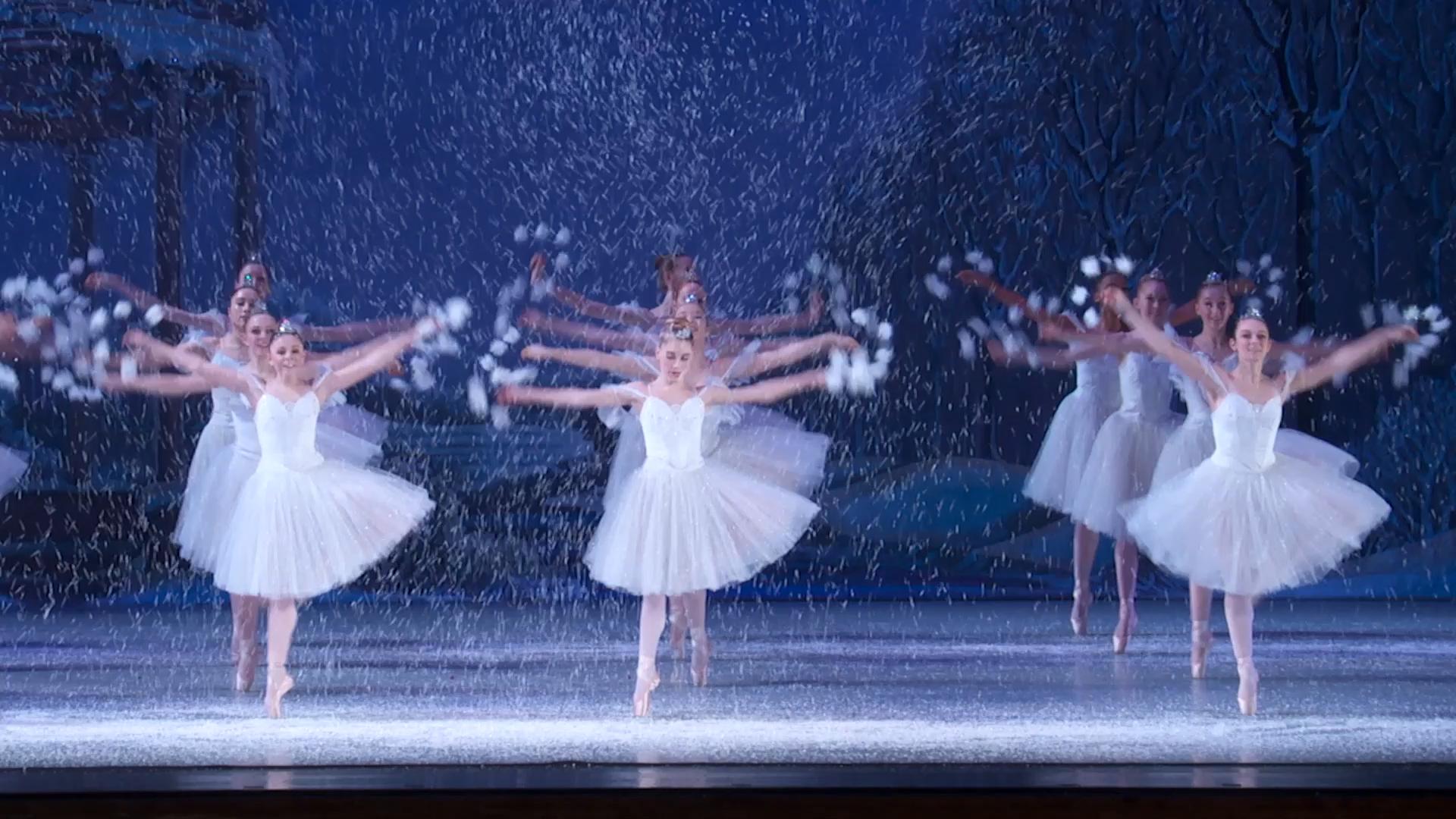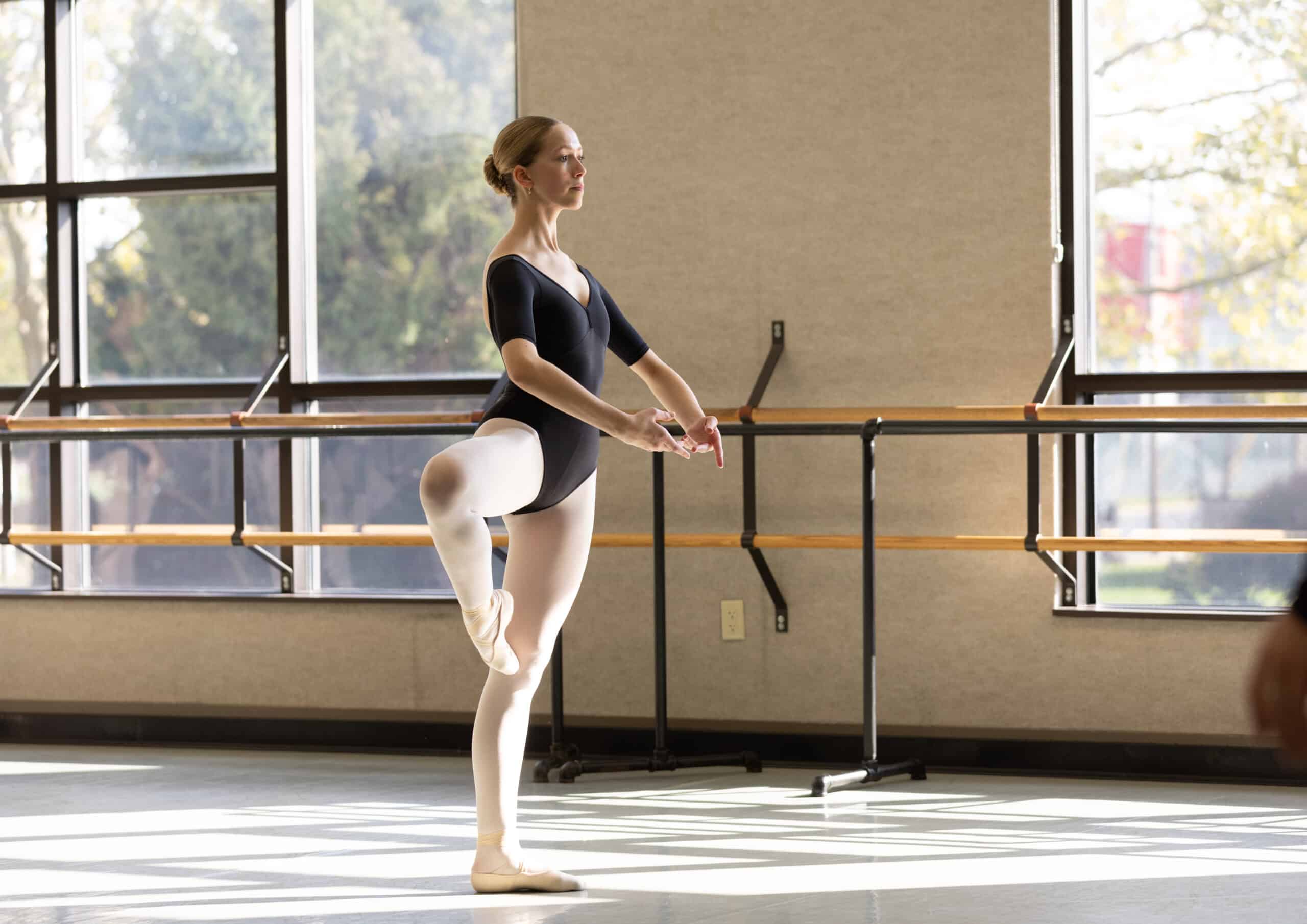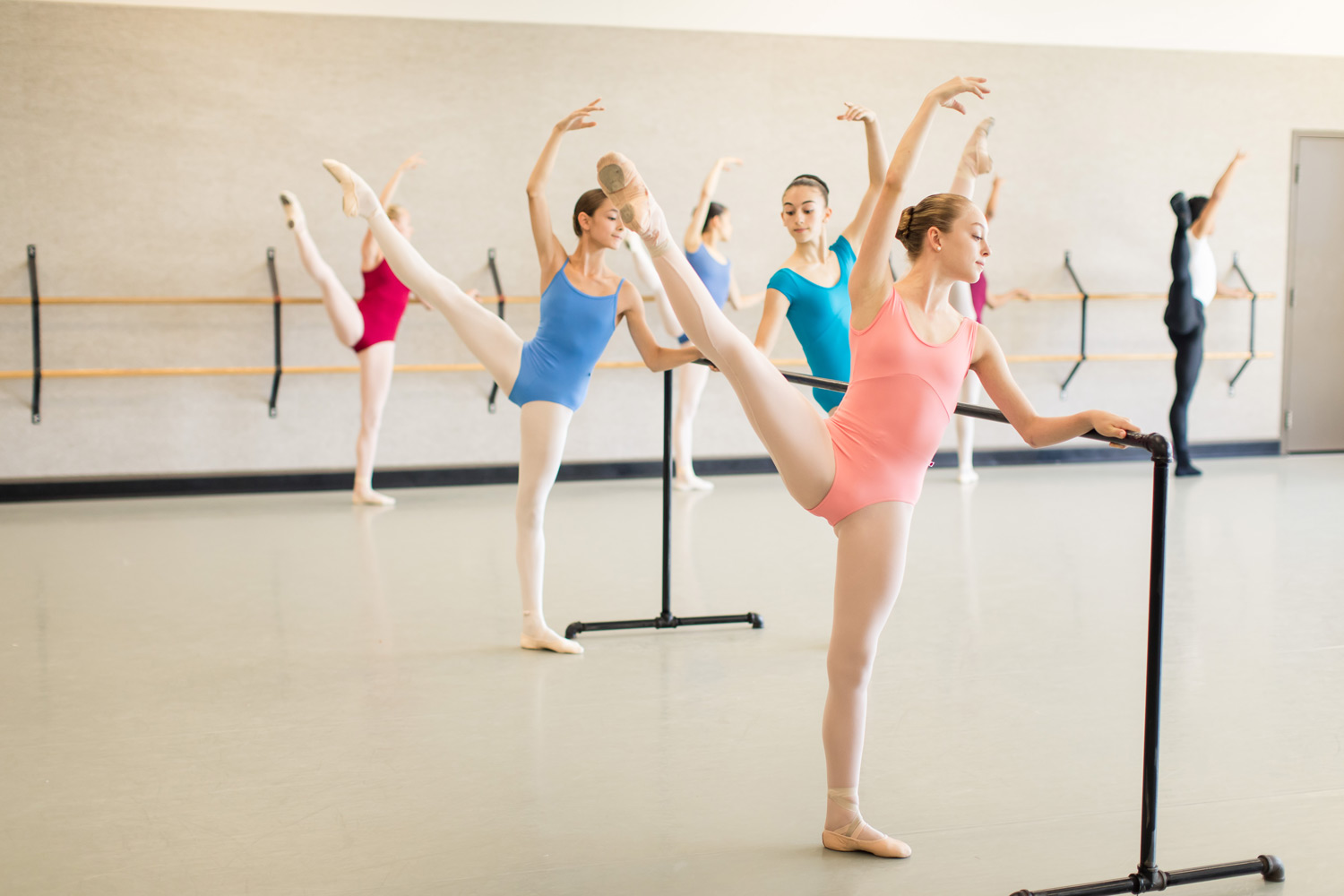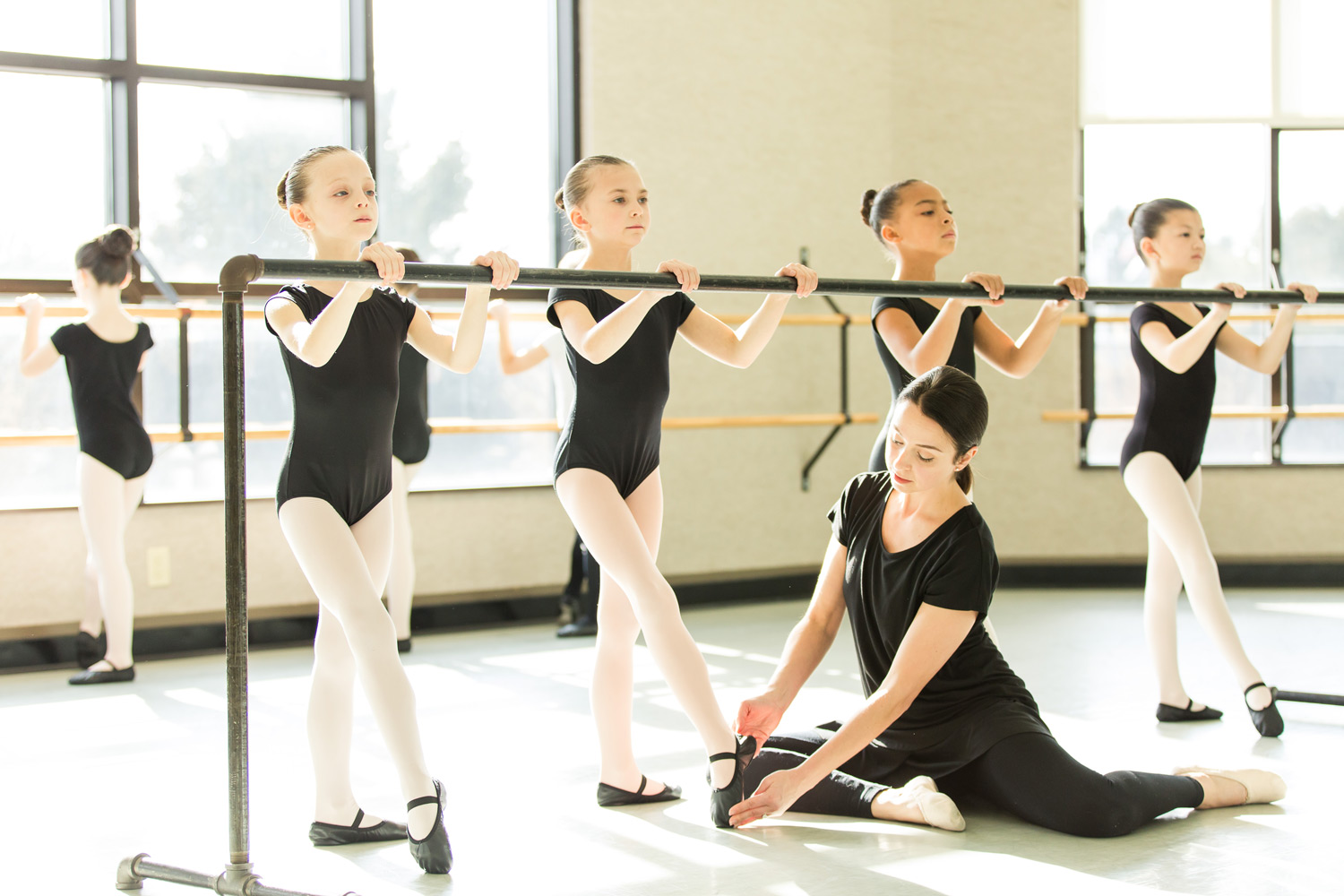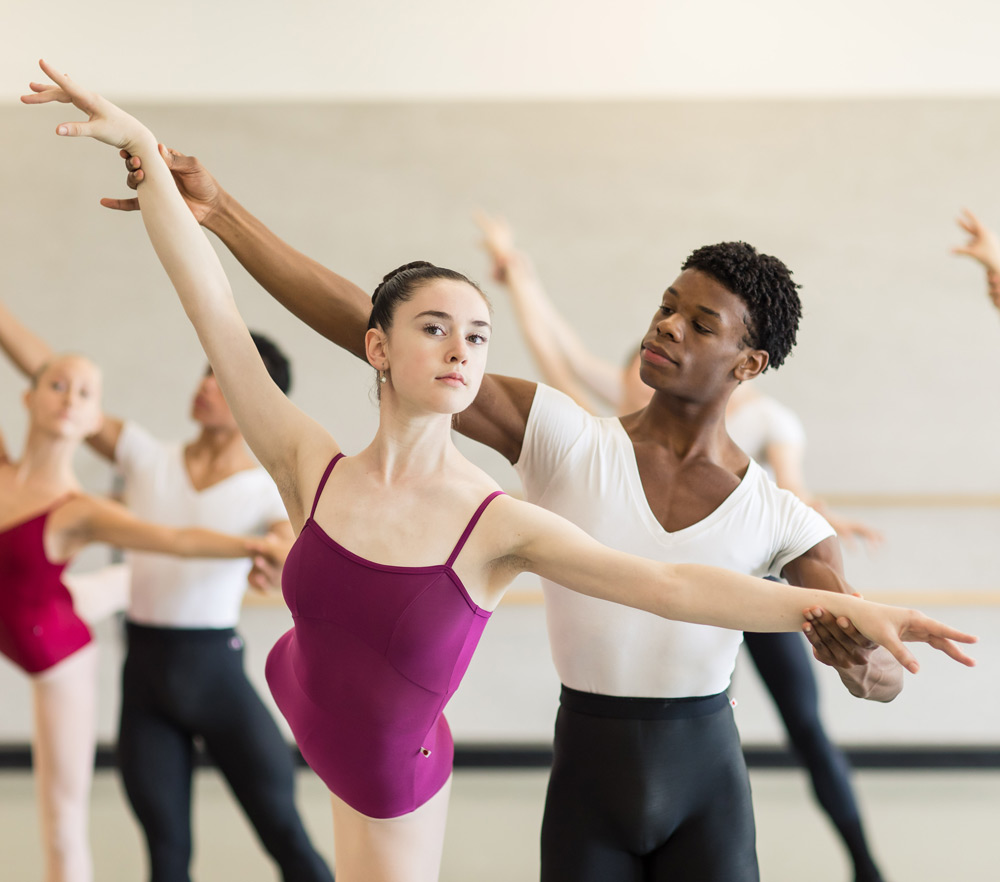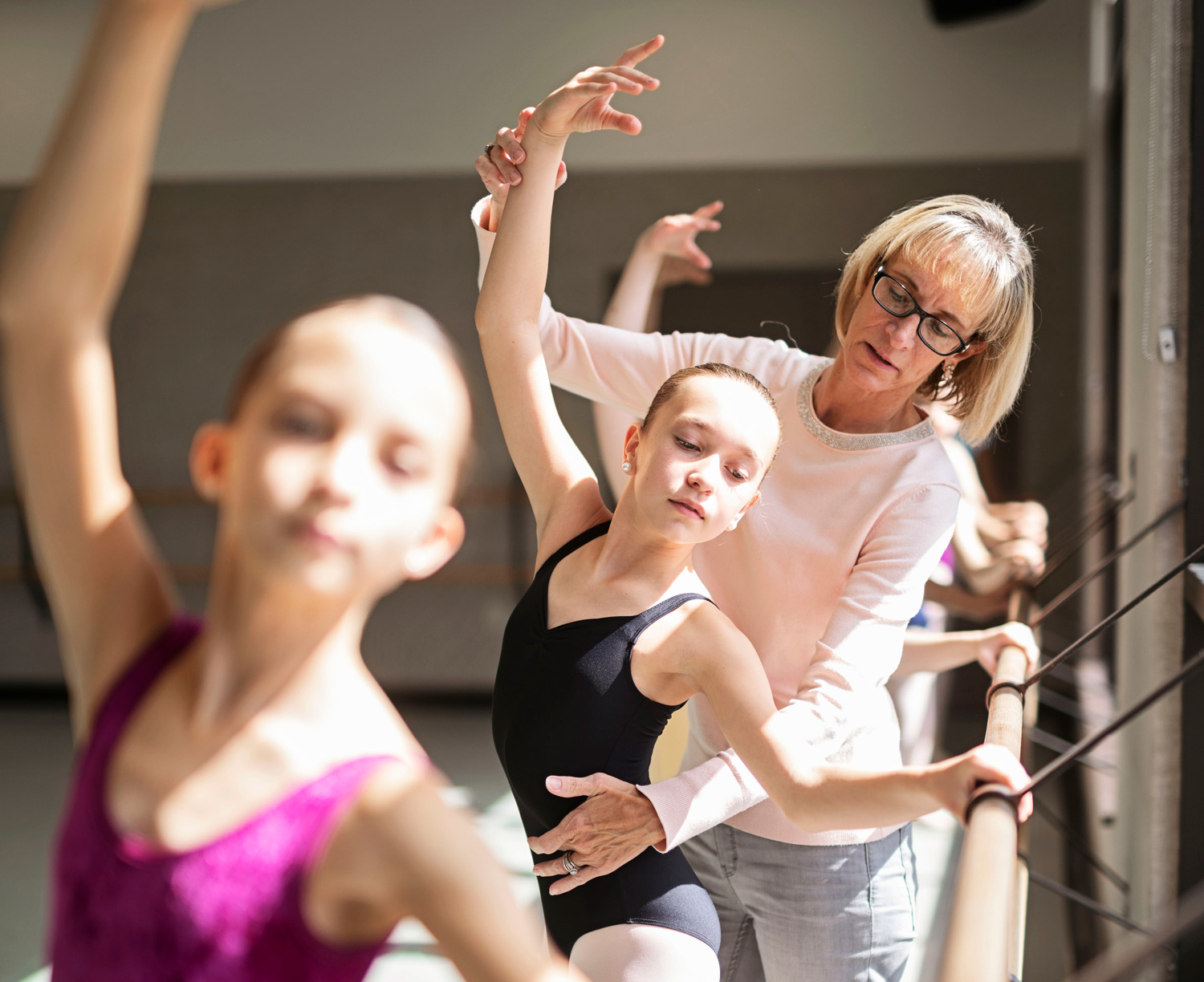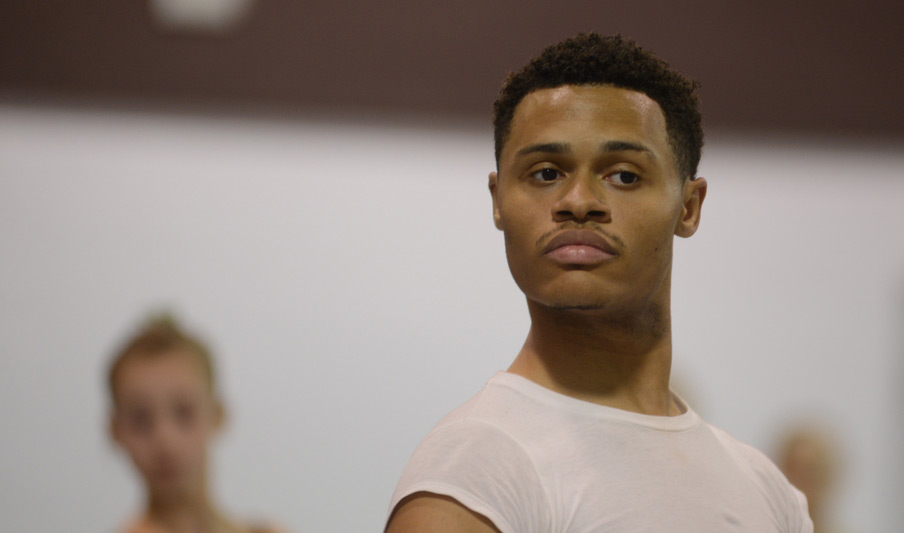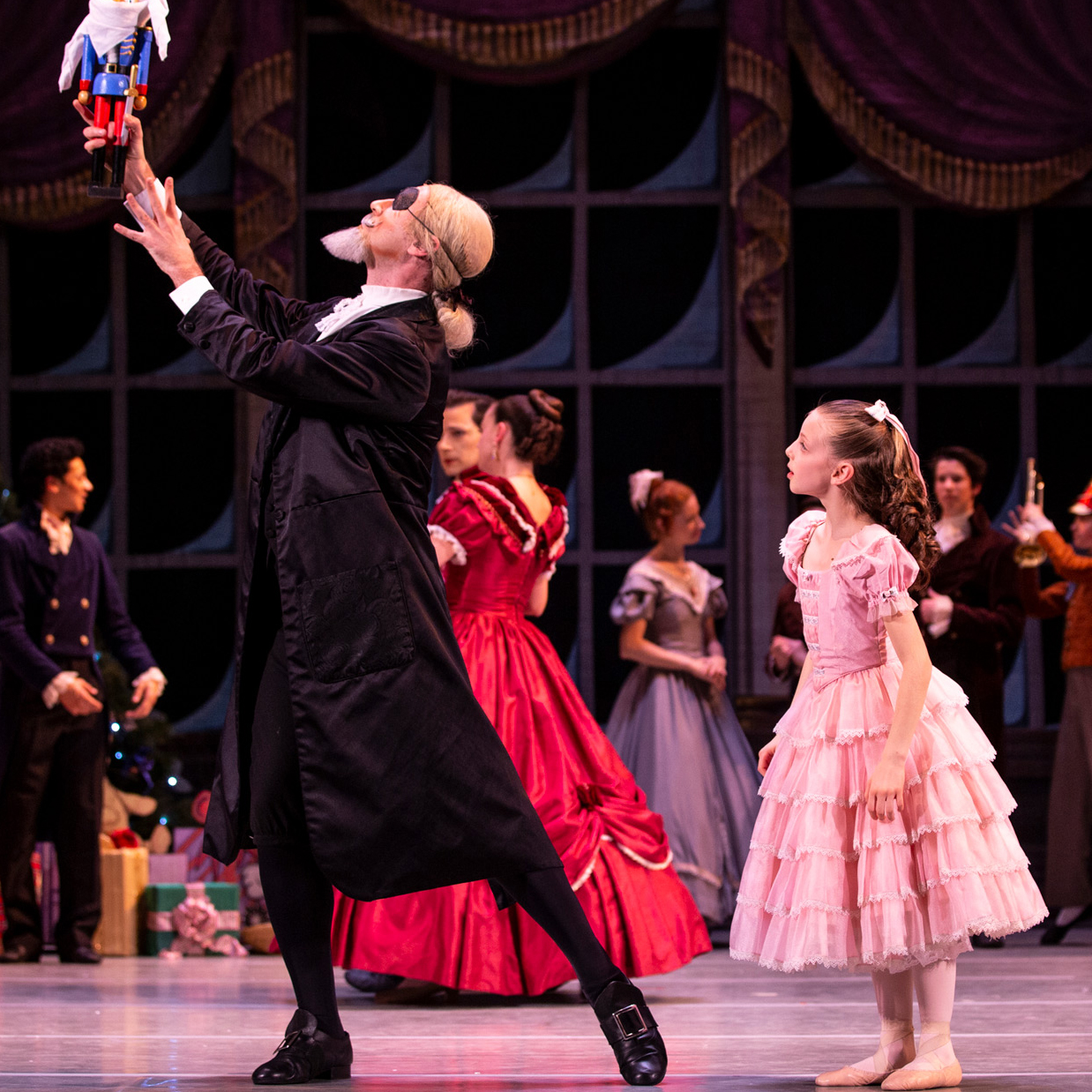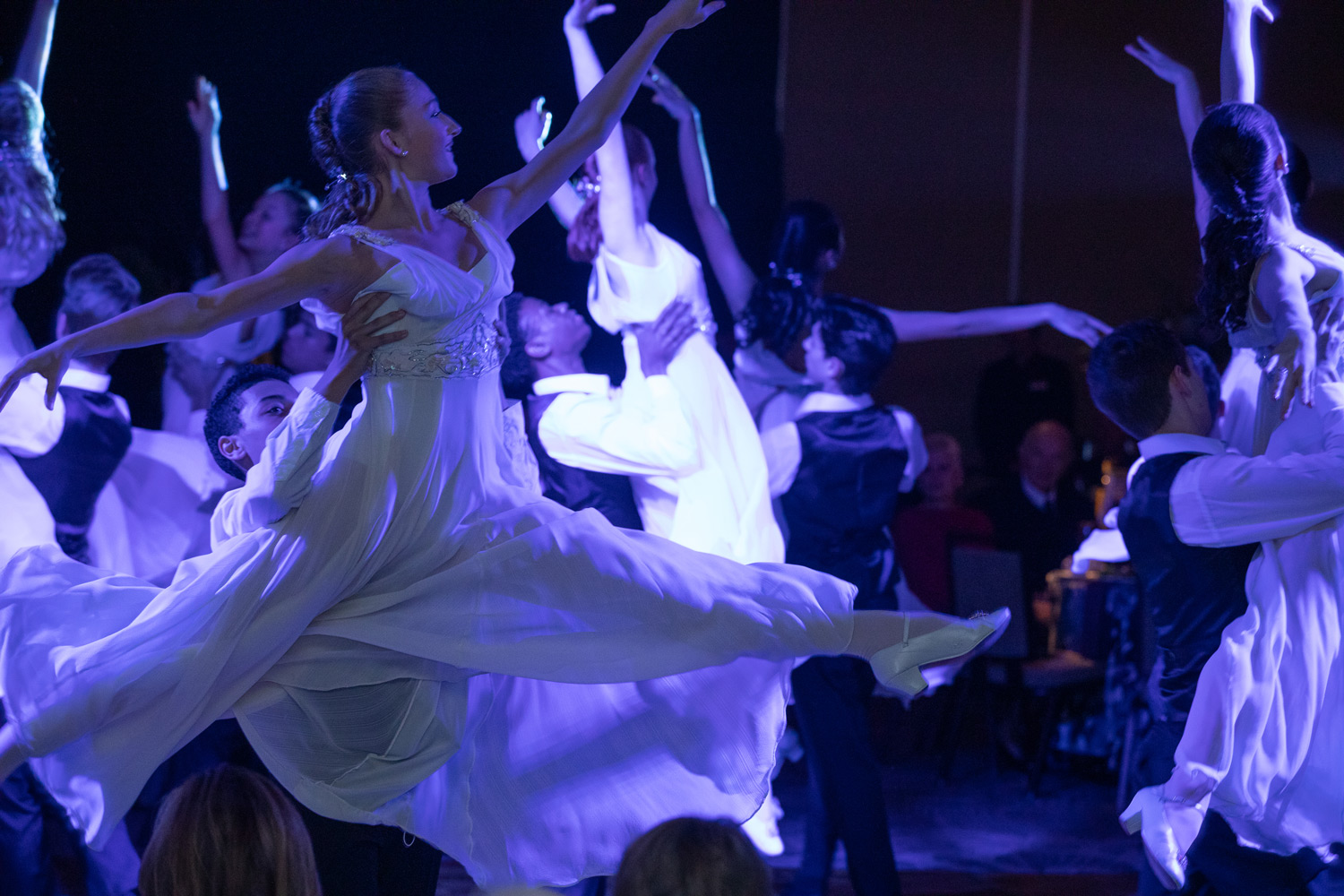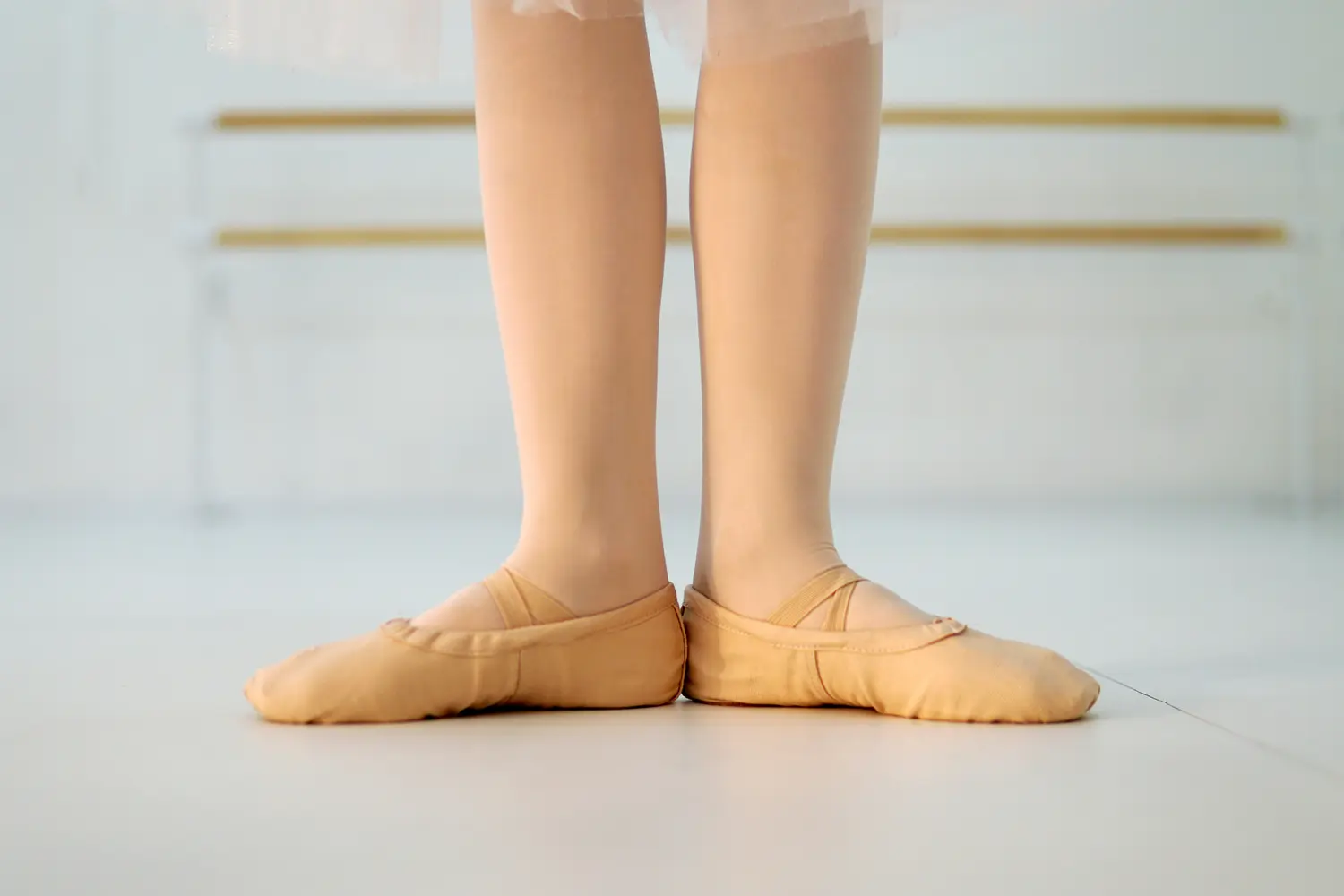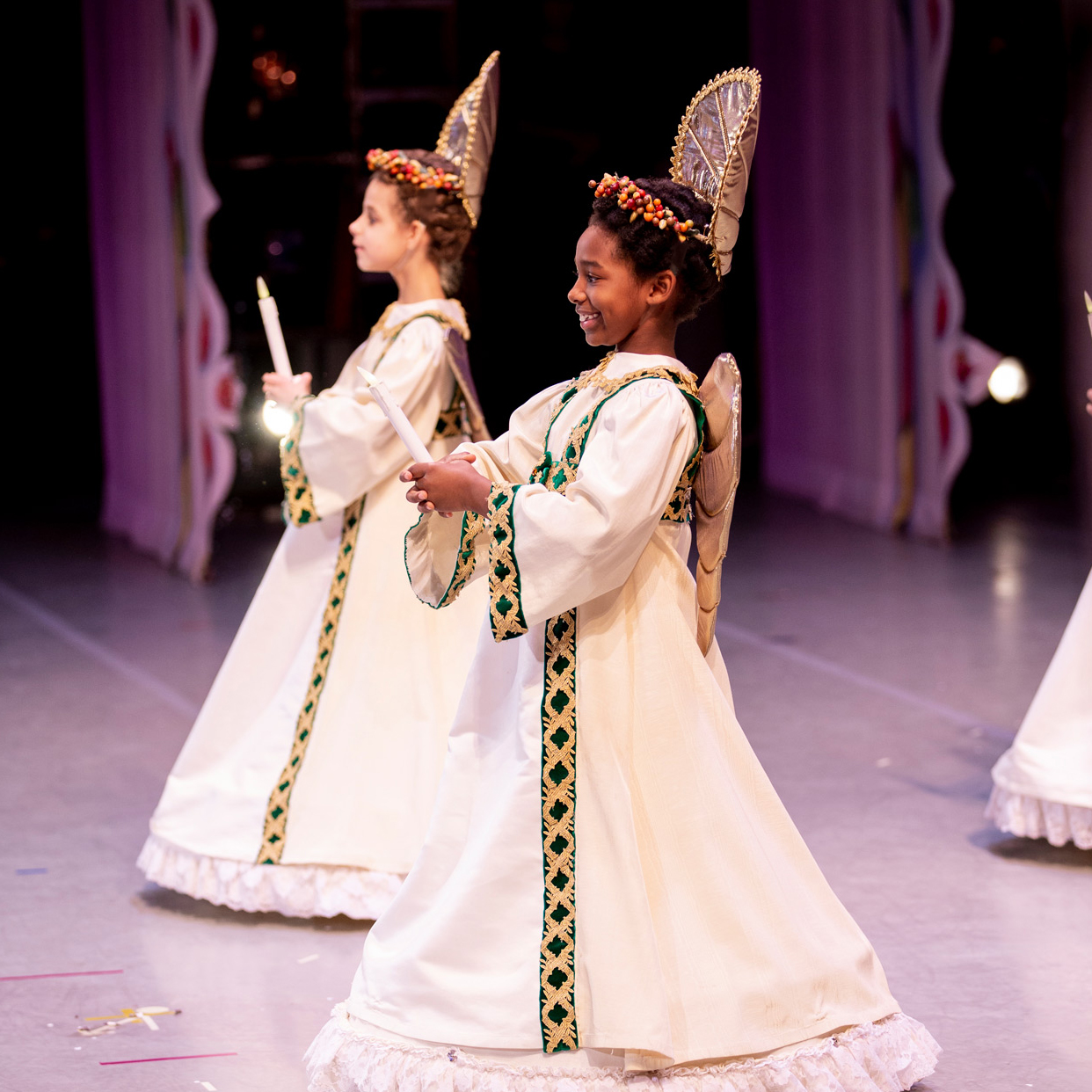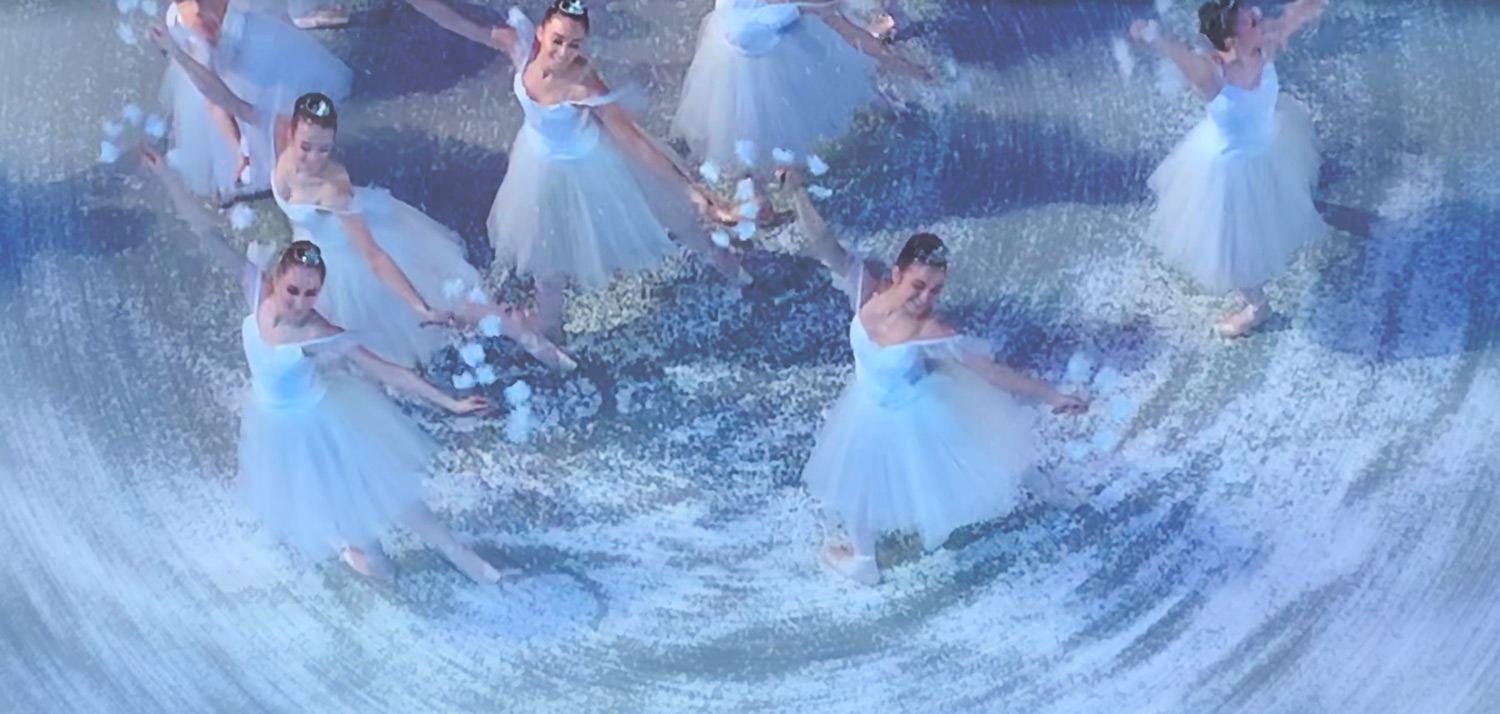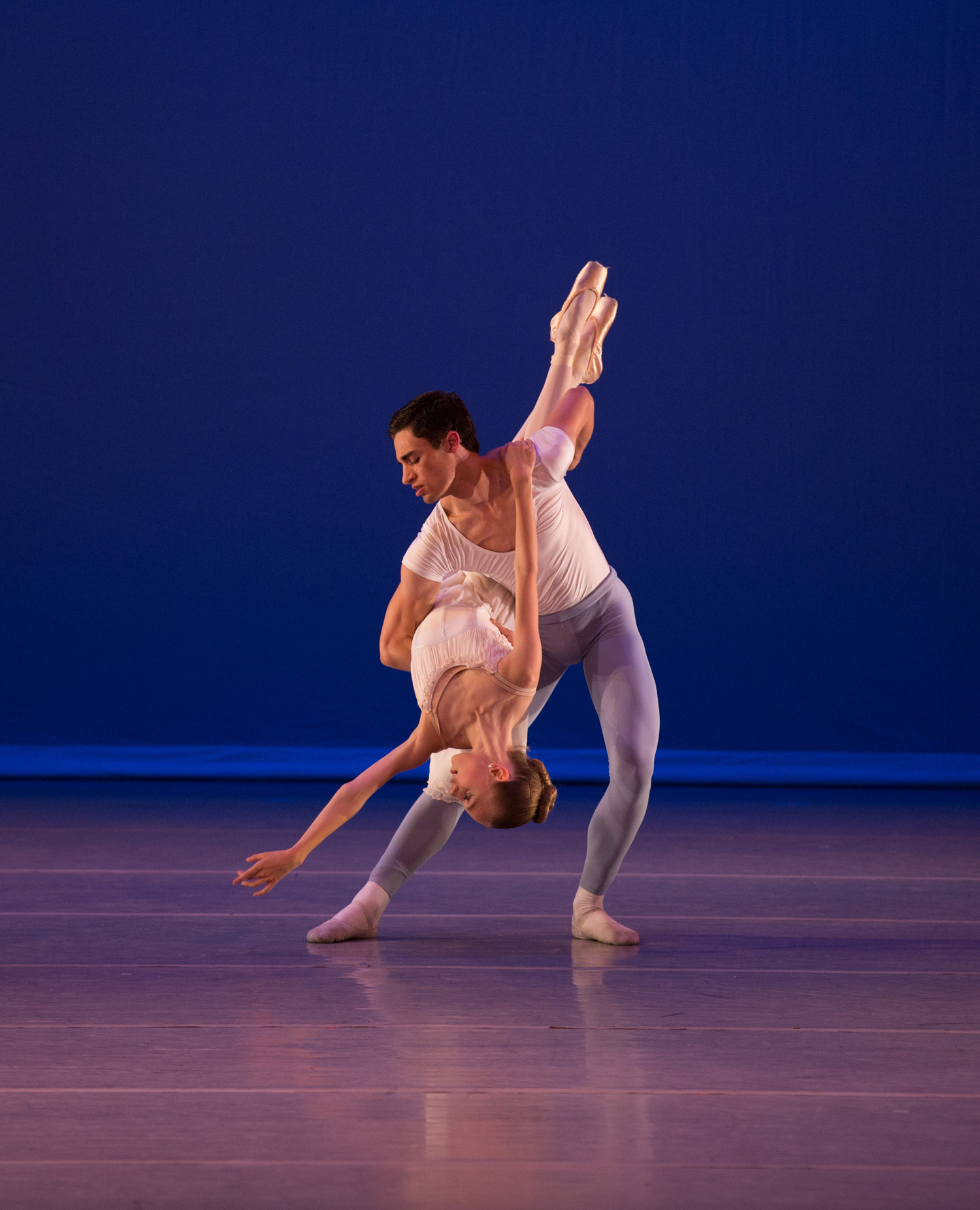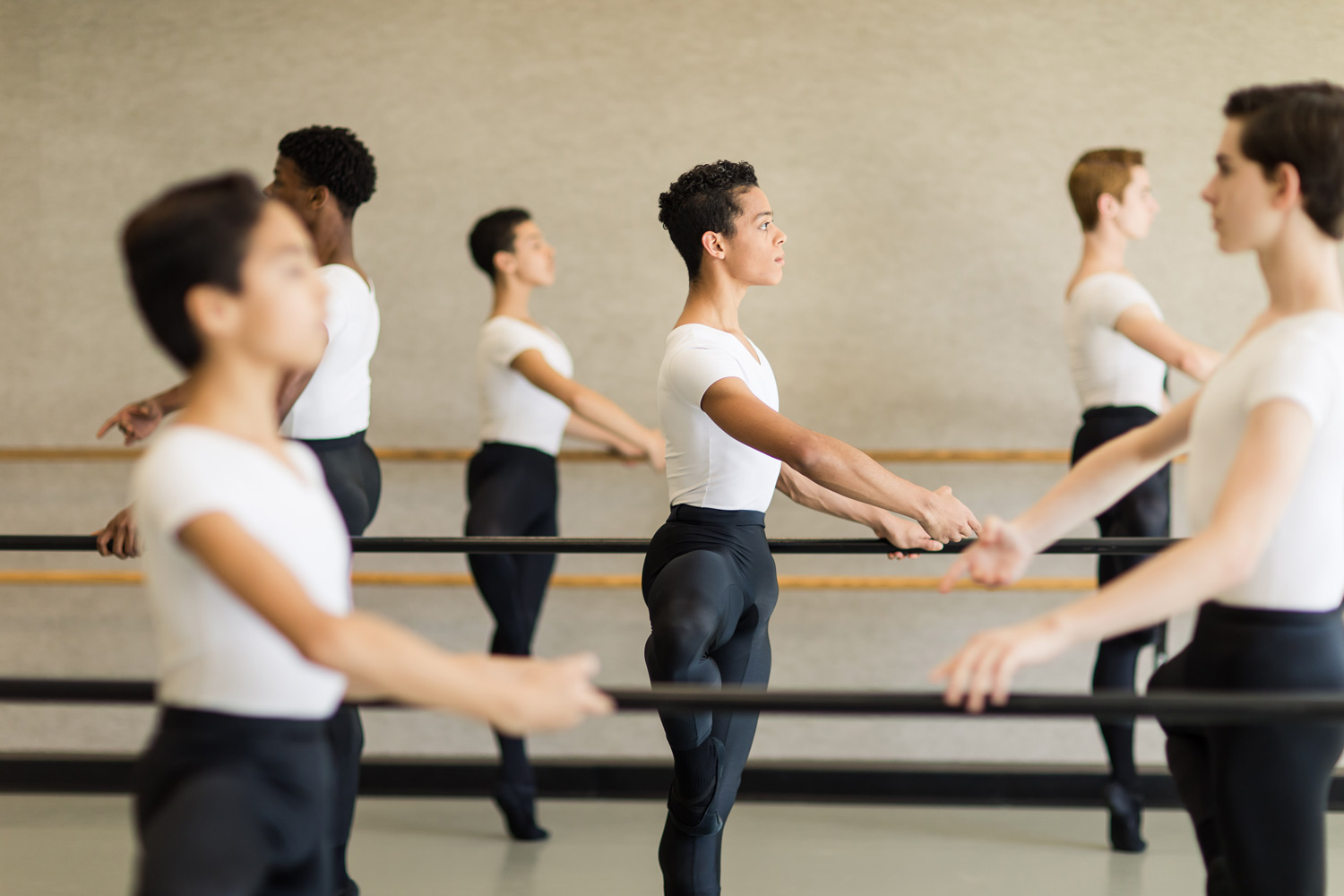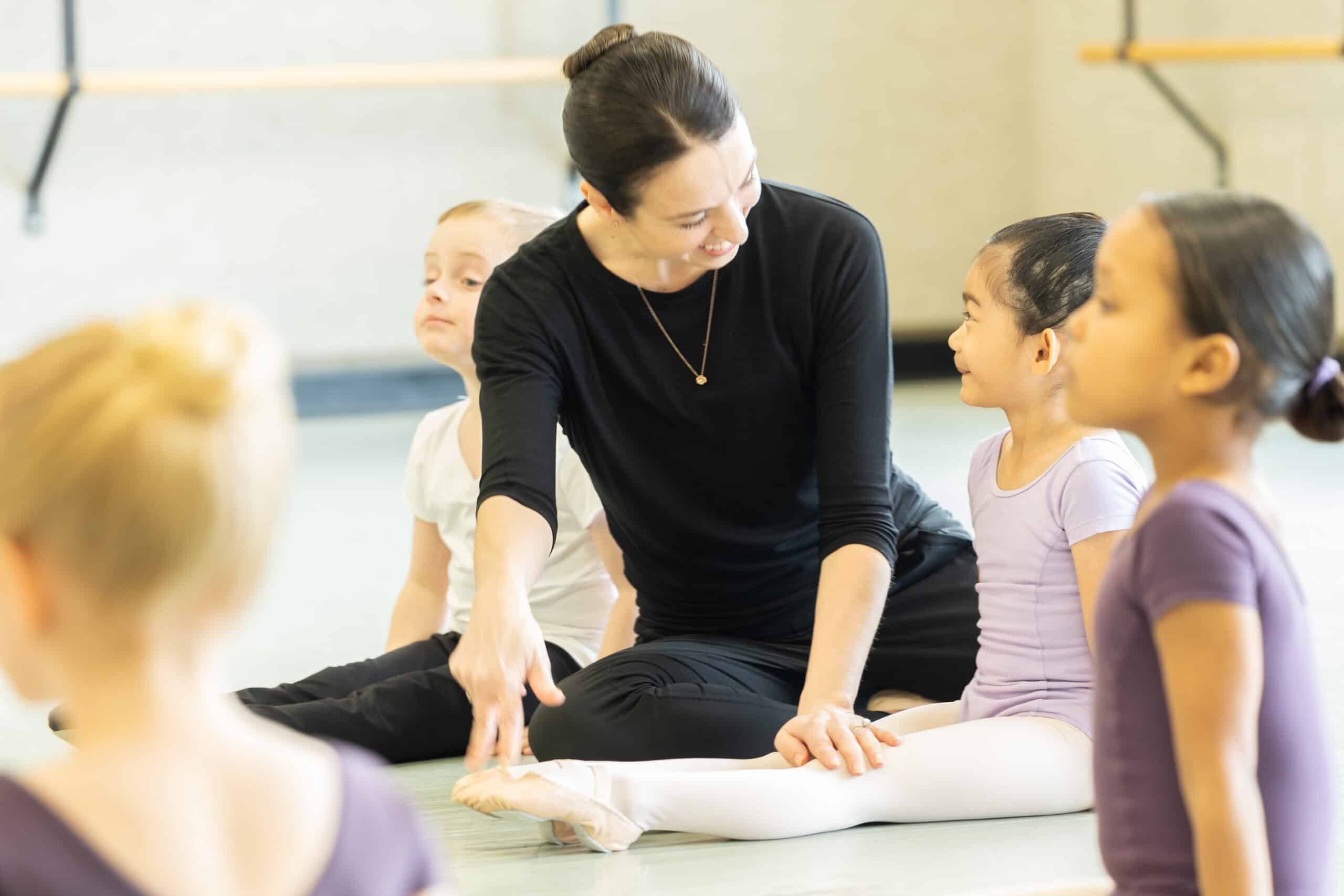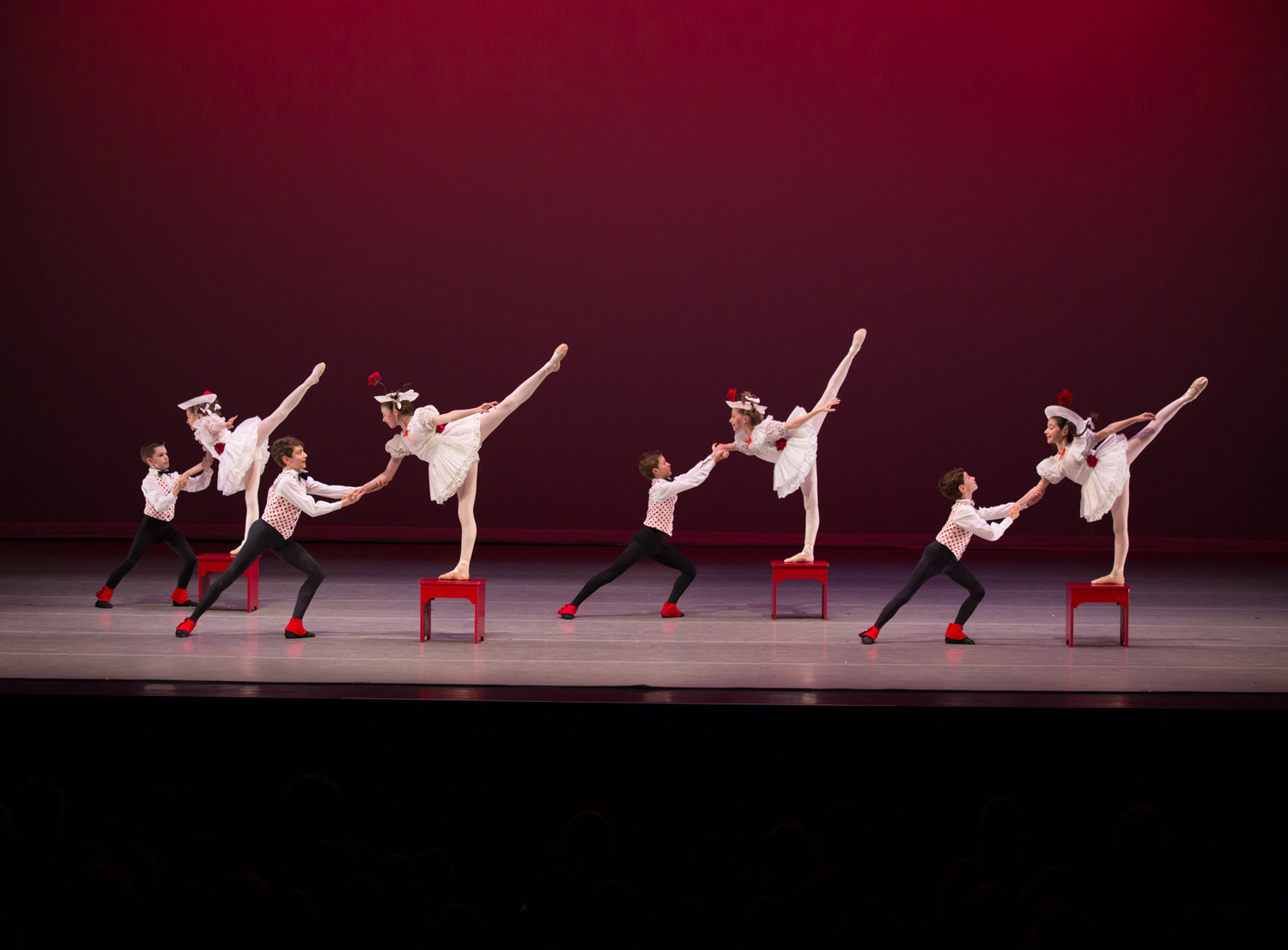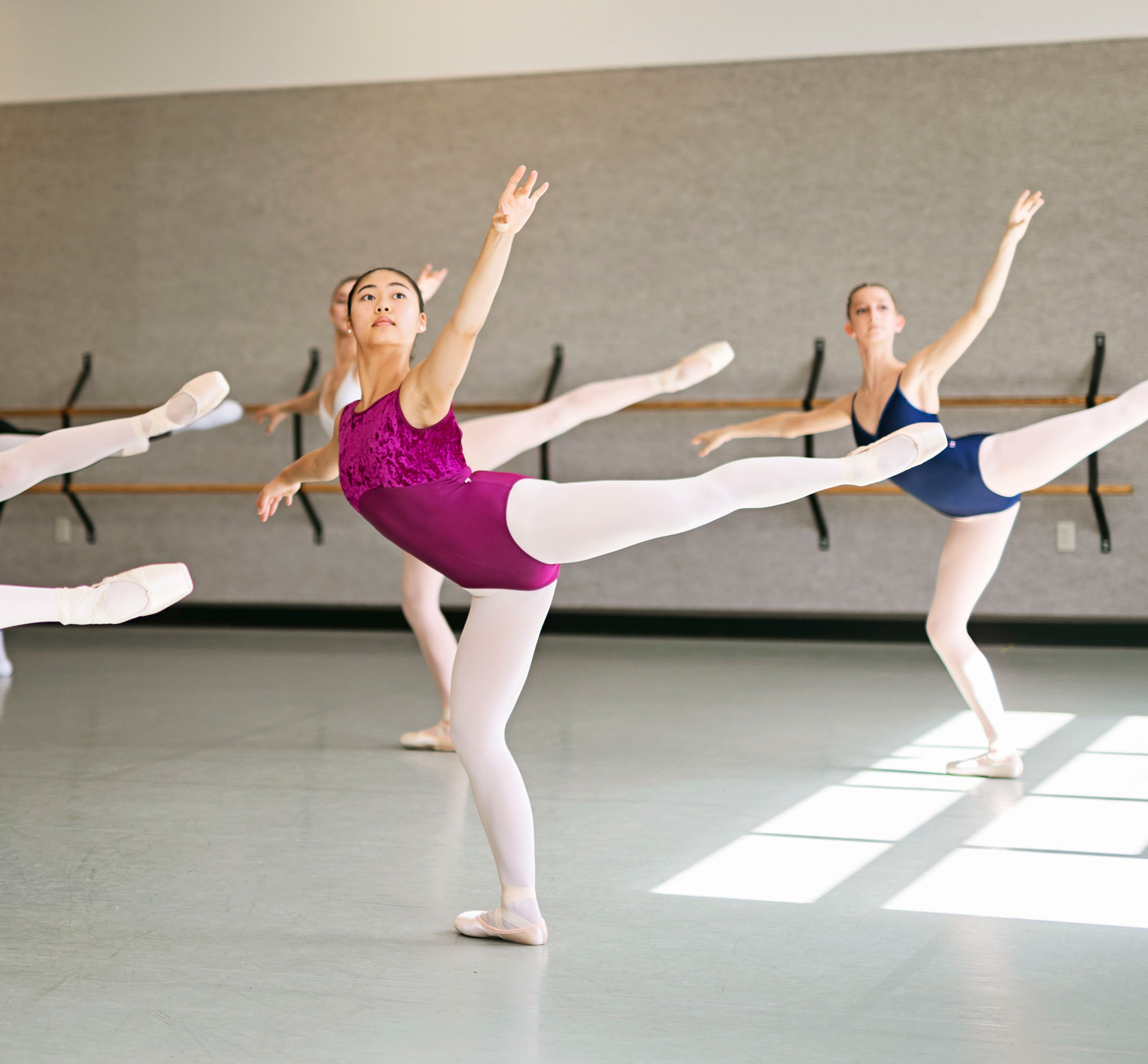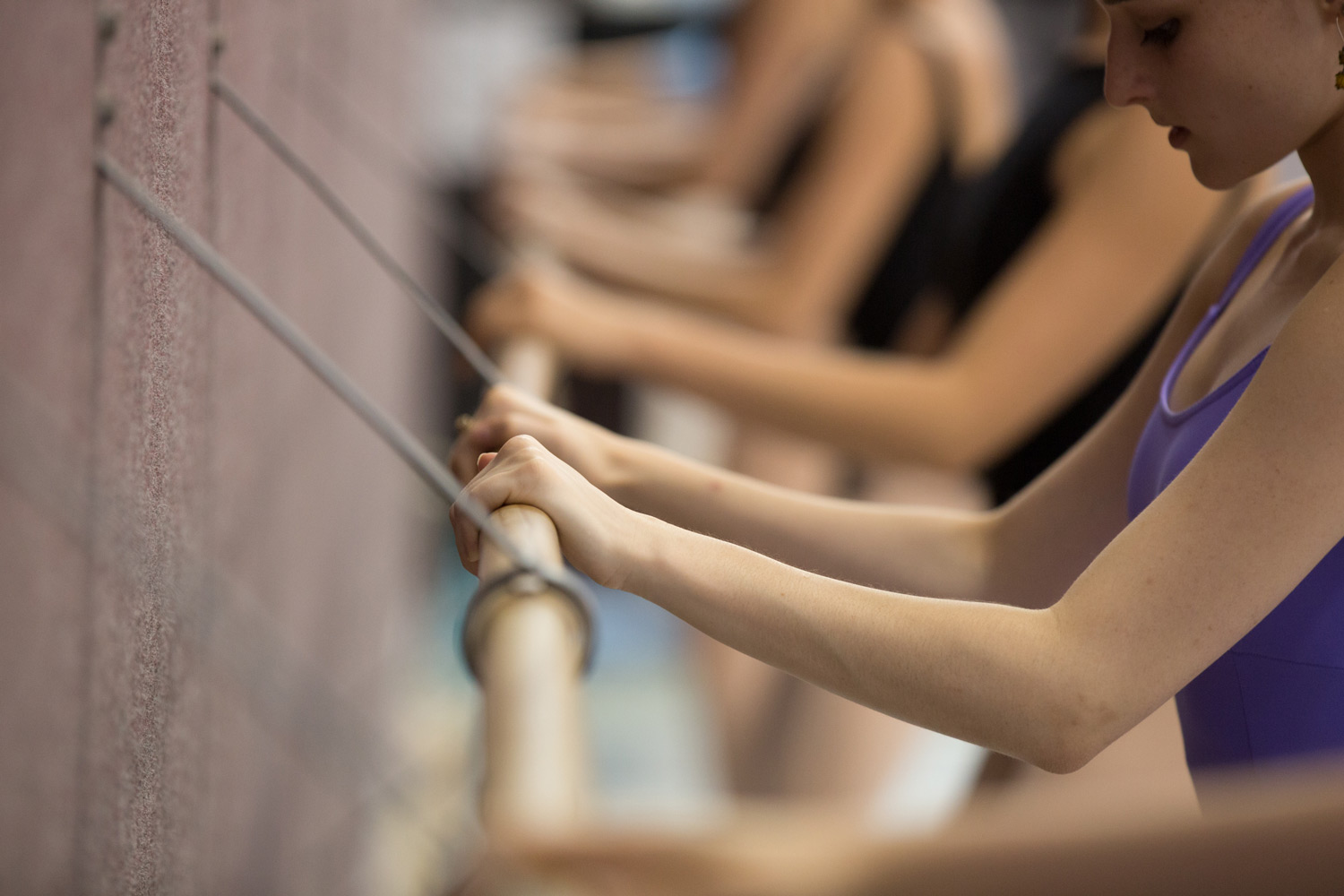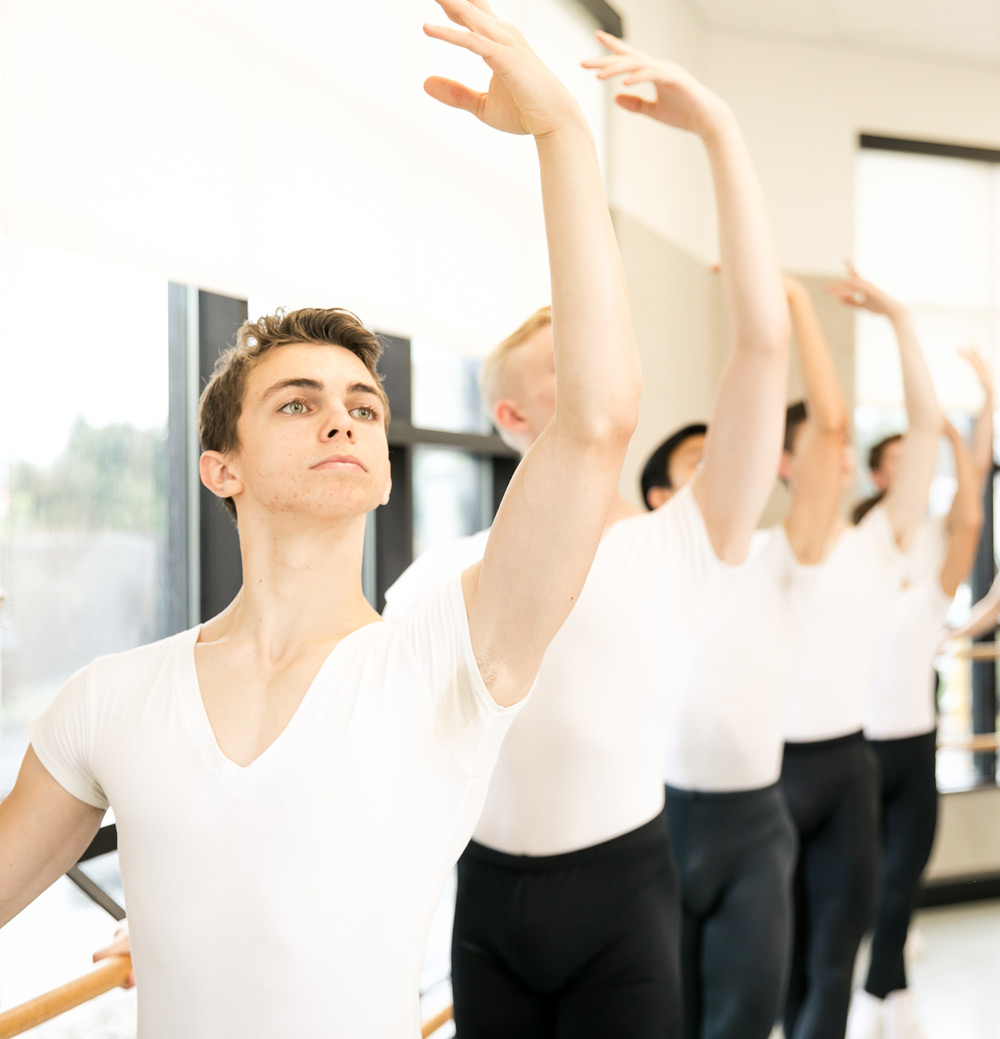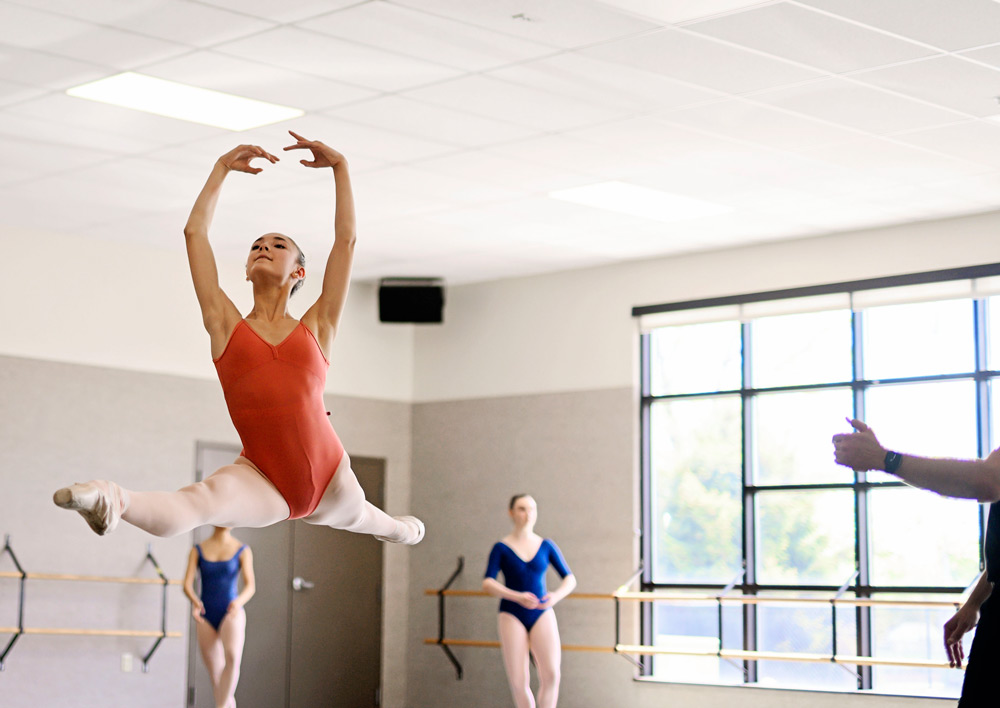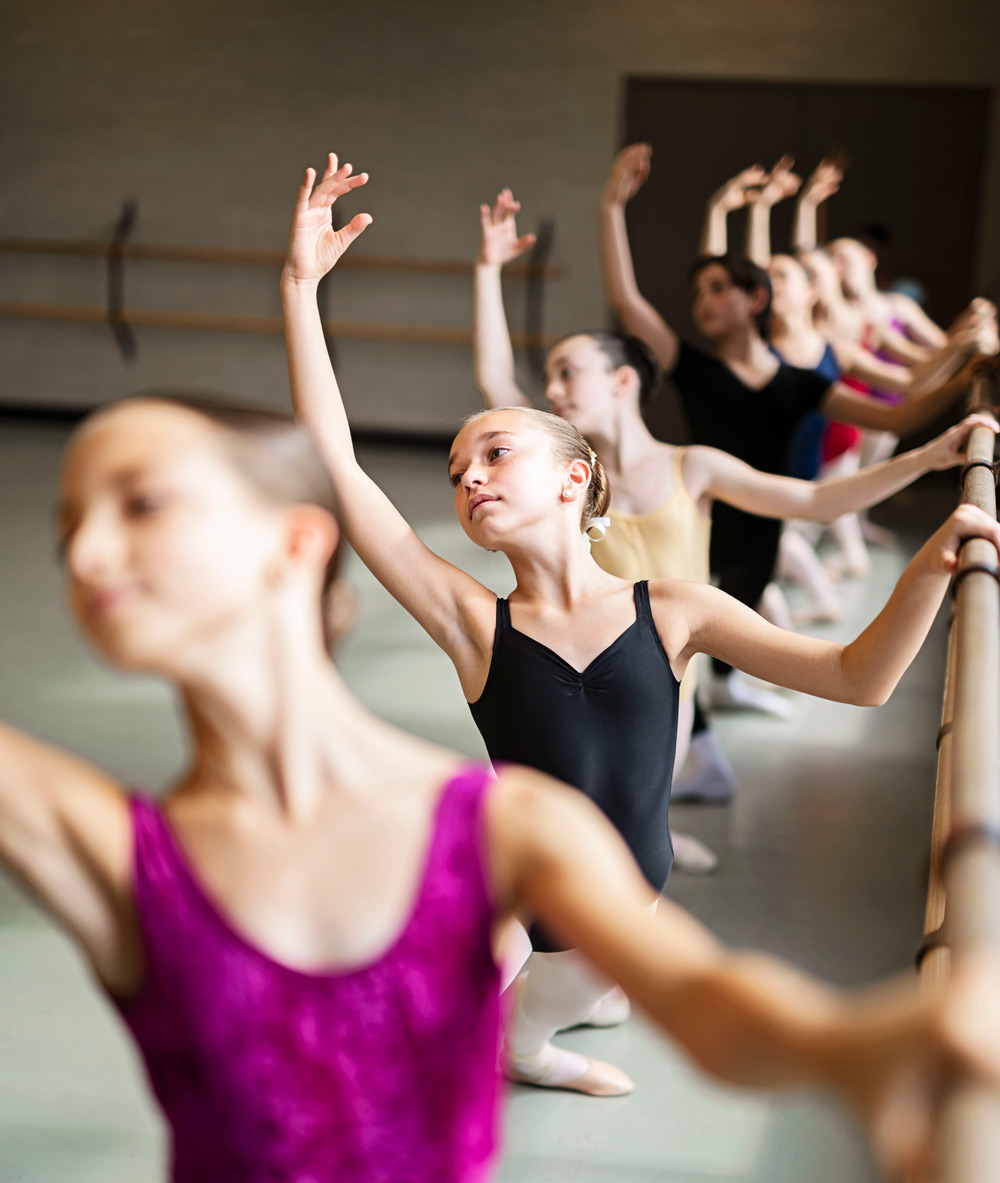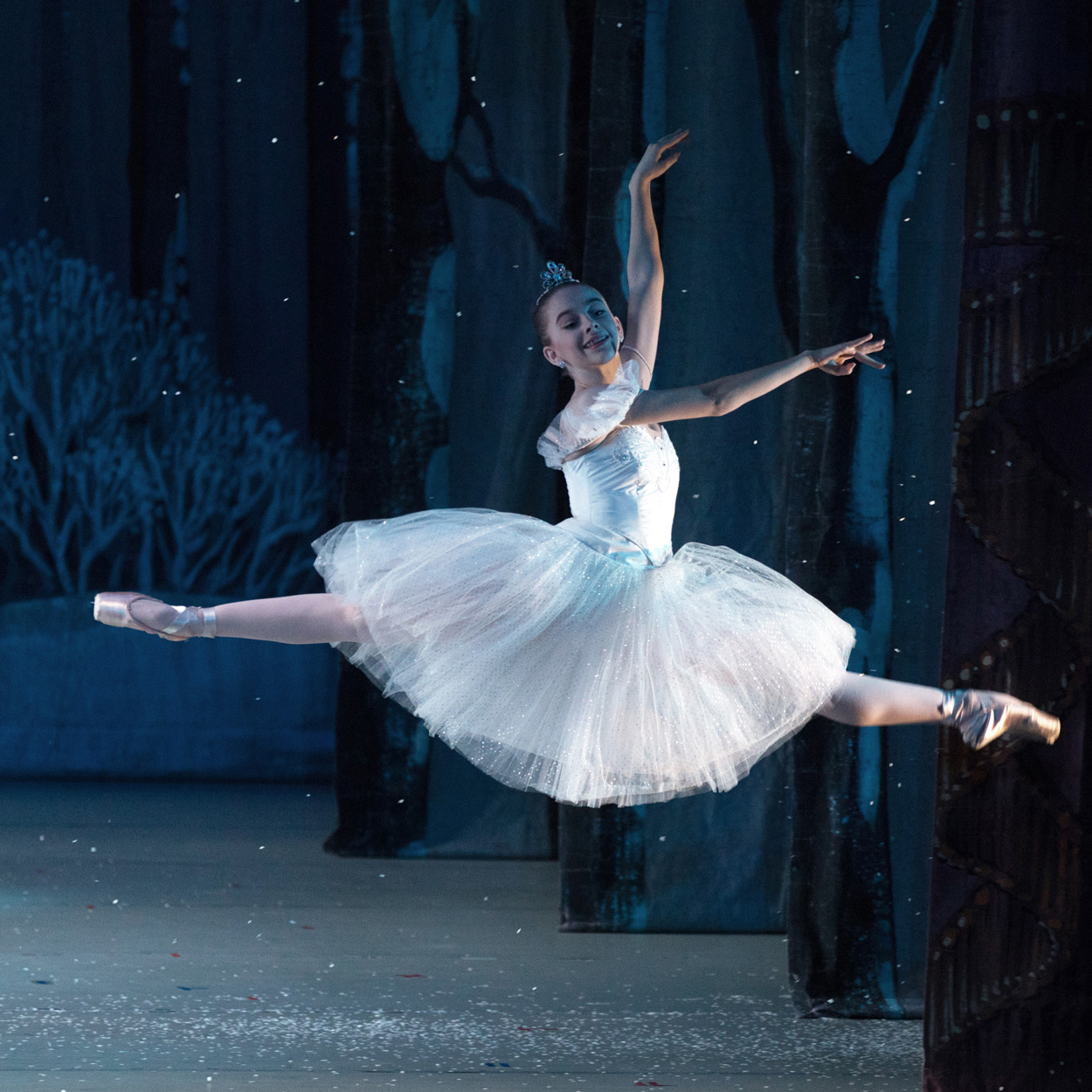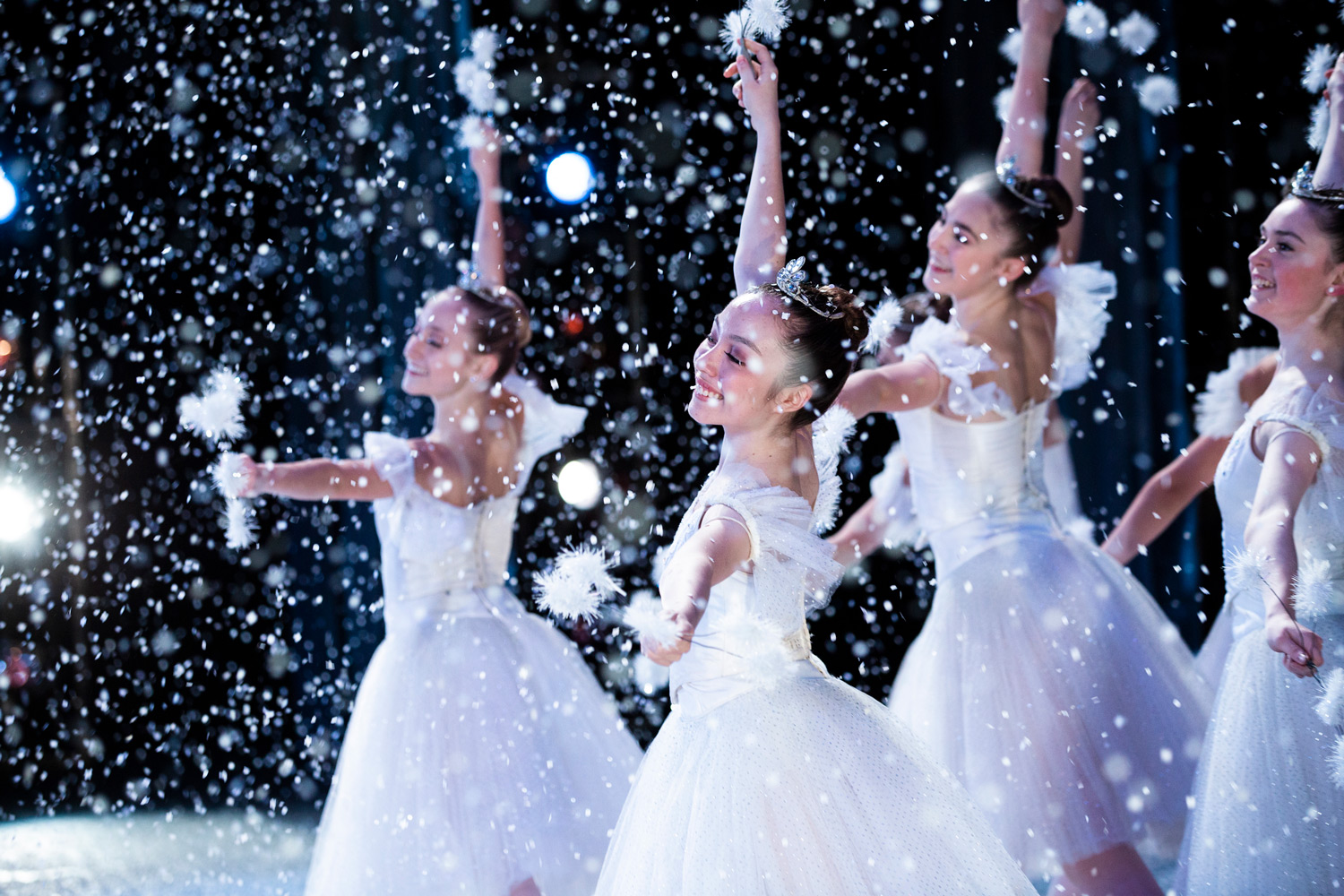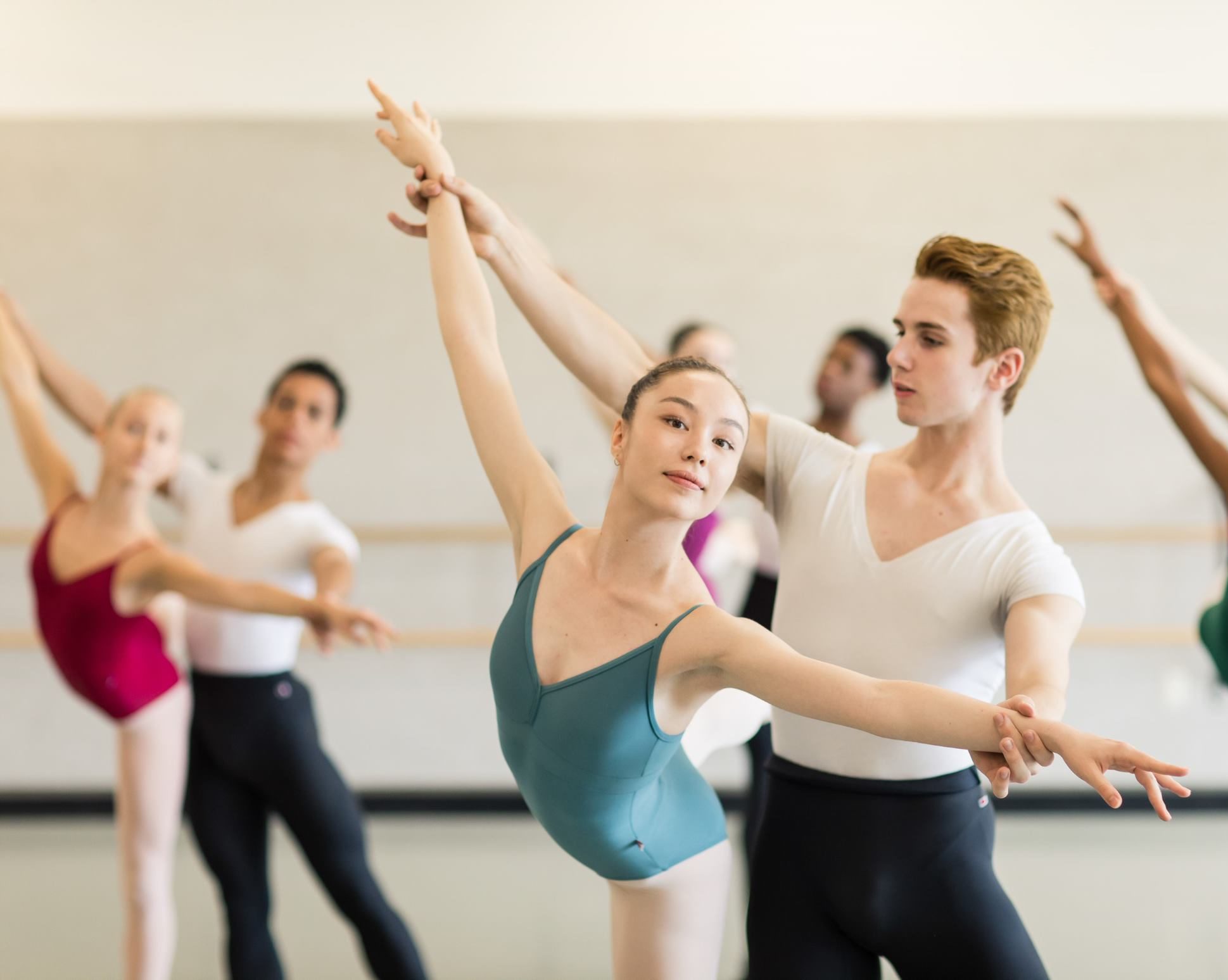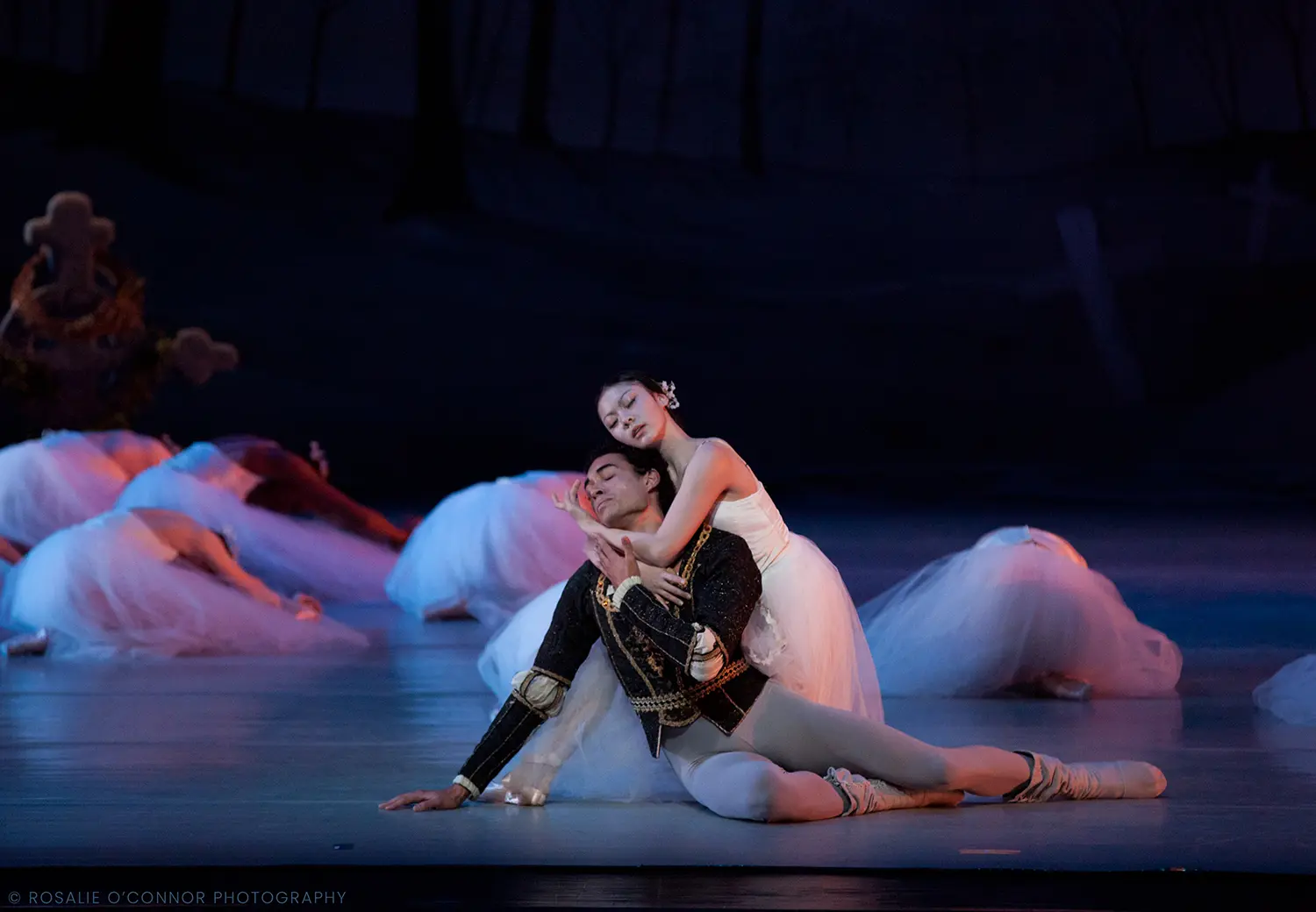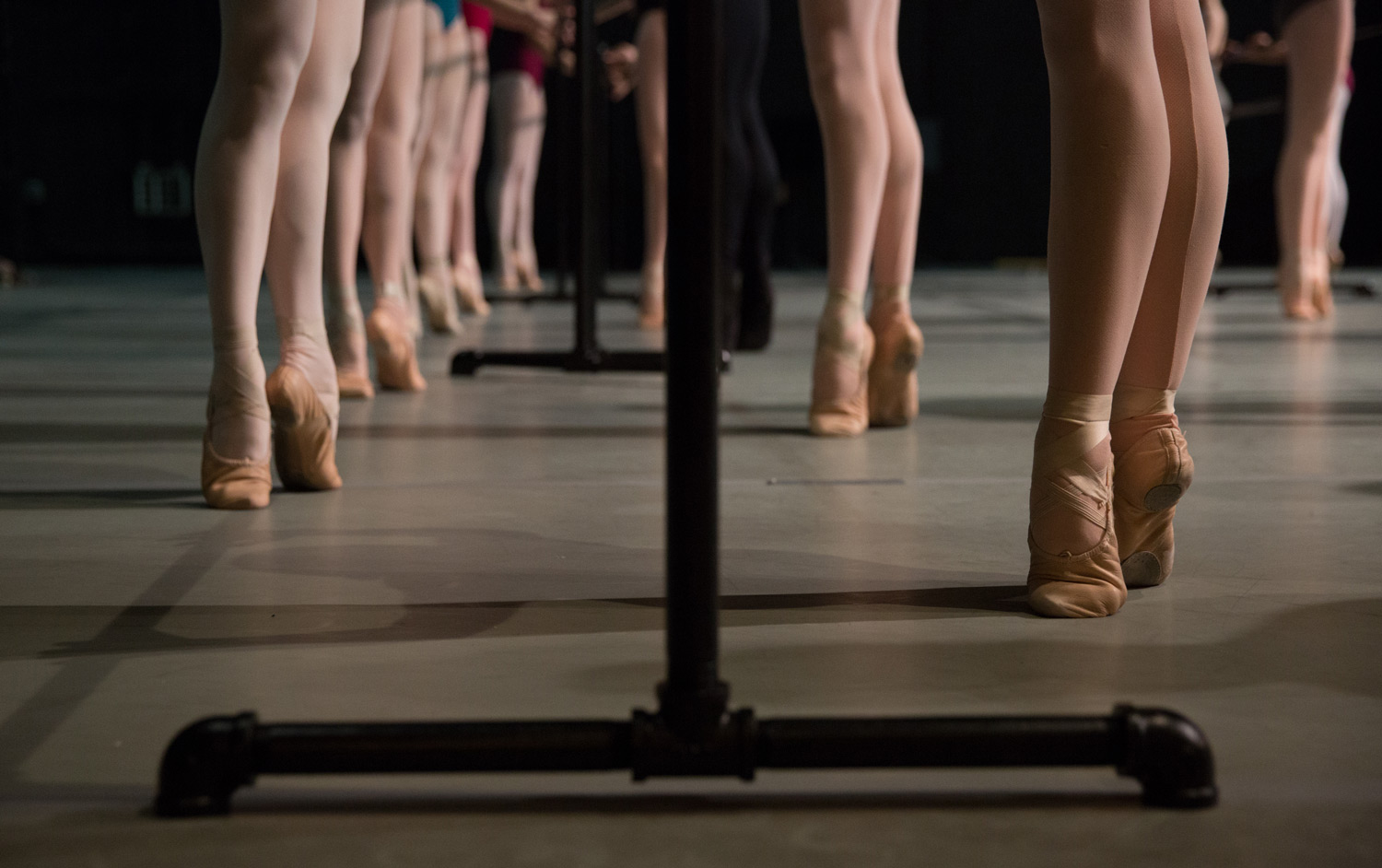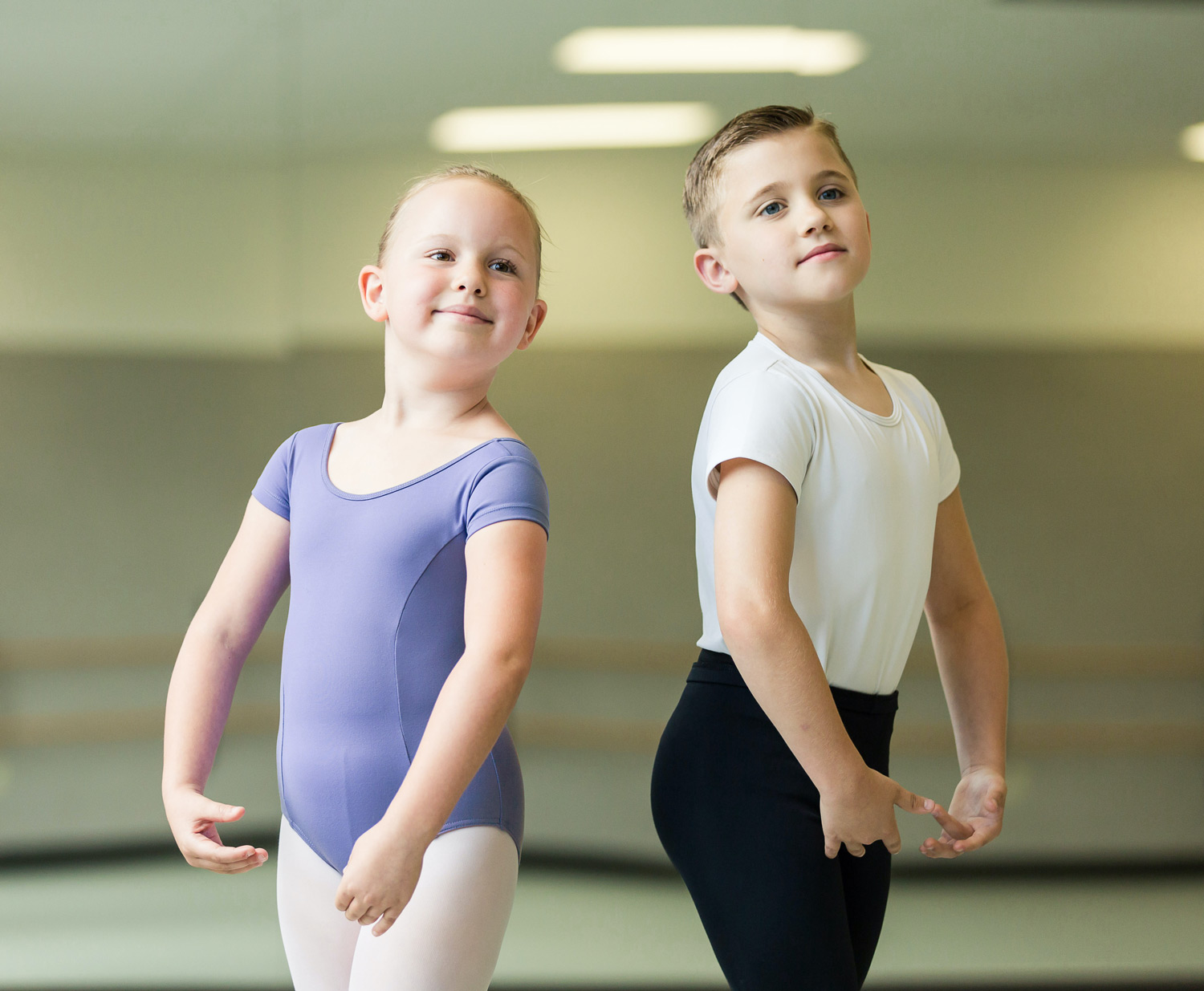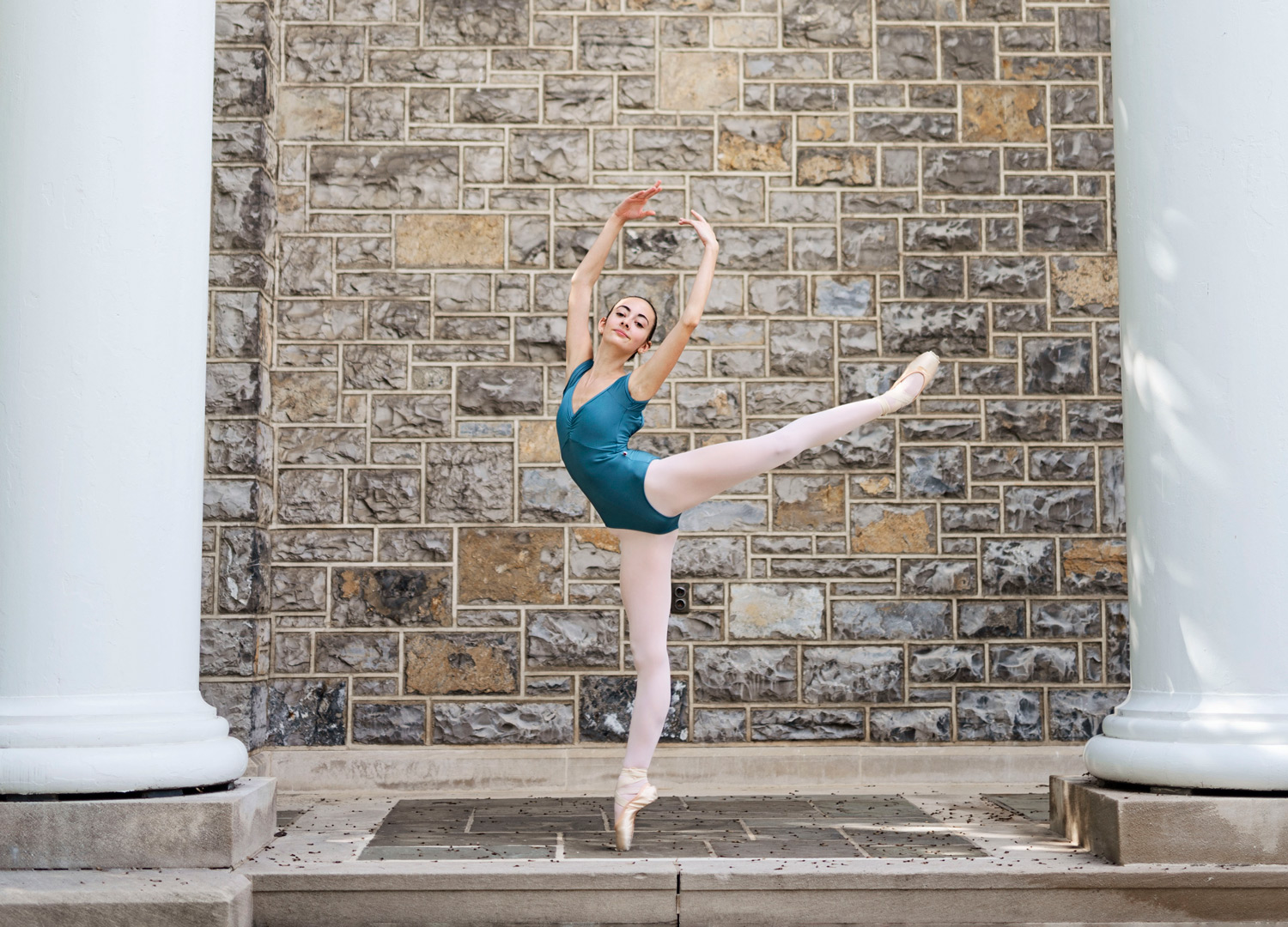Ballet, with its graceful and ethereal performances, has captured the hearts of many over the years. It’s a dance form that requires discipline, dedication, and rigorous training. However, like any art, there are several misconceptions and myths surrounding ballet schools that can deter potential students and parents from pursuing this beautiful art form. Let’s debunk five common myths about ballet schools to provide a clearer perspective on what it’s really like to study ballet.
Myth 1: Ballet is Only for the Elite
One of the most persistent myths about ballet is that it’s reserved for the elite or wealthy. This misconception might stem from the fact that ballet can be an expensive endeavor due to the costs associated with training, costumes, and performances. However, many ballet schools offer scholarships and financial assistance to talented students who may not have the means to cover the expenses. The ballet community values talent and dedication, not just socioeconomic status.
Myth 2: You Need to Start Training at a Very Young Age
While it’s true that many professional ballet dancers start training at a young age, it’s never too late to begin your ballet journey. Ballet schools often offer classes for many ages. The key to success in ballet lies in determination, practice, physicality, and a passionate heart, not the age at which you start.
Myth 3: Only Girls Can Do Ballet
This myth is not only outdated but entirely false. While it’s true that ballet has historically been associated with female dancers performing on pointe, male ballet dancers are just as essential to the art form. Men bring a unique strength and athleticism to ballet, performing powerful jumps and lifts. In fact, some of the most celebrated ballet roles are reserved for male dancers, like the prince in “Swan Lake” or the Cavalier in “The Nutcracker.”
Myth 4: Ballet Dancers Don’t Need to Worry About Academics
Another misconception is that ballet students can afford to neglect their academics because they’re solely focused on dance. While a rigorous ballet training schedule can be demanding, it’s essential for students to maintain their academic education as well. Many reputable ballet schools emphasize the importance of a balanced education, recognizing that not all students will pursue professional dance careers. An education that combines academics with ballet training ensures students have a well-rounded foundation to open future opportunities.
Myth 5: Ballet is Only About Dance
Ballet is not just about dance. It’s a comprehensive art form that encompasses music, theater, and storytelling. Dancers must understand and interpret the narrative behind their performances and work closely with musicians and choreographers. In addition to dance, ballet schools often include training in music, acting, and stagecraft, making it a well-rounded education in the arts.
In conclusion, ballet schools are not the intimidating and exclusive institutions that myths often depict. They are places of art, discipline, and passion, welcoming students of all ages, backgrounds, and body types. With determination and dedication, anyone can pursue their dream of becoming a ballet dancer. As the ballet world becomes more inclusive, the once-prevalent myths are slowly fading away, making ballet accessible to a broader and more diverse group of aspiring artists.
So, if you have a love for dance and a dream of mastering the art of ballet, don’t be discouraged by these common misconceptions. Instead, take the first step and join a ballet school to discover the joy, discipline, and beauty that ballet has to offer.
